
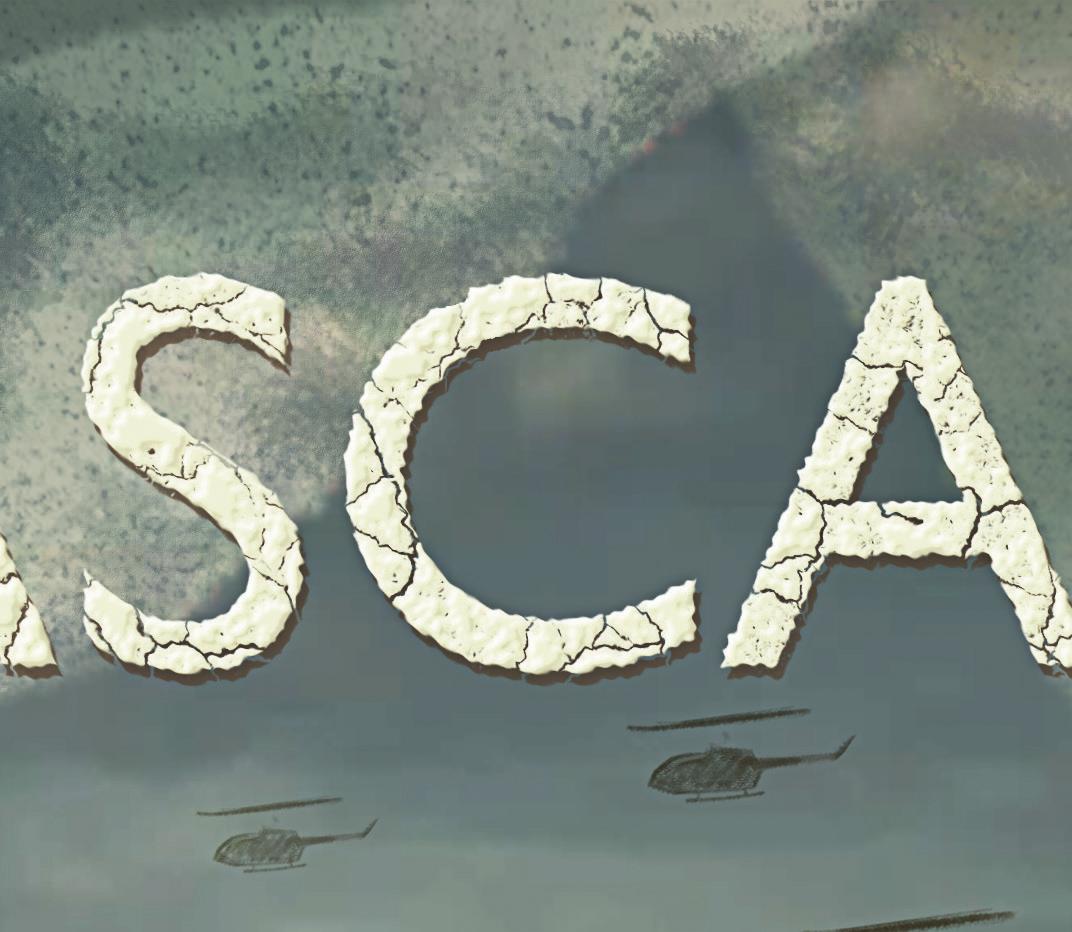


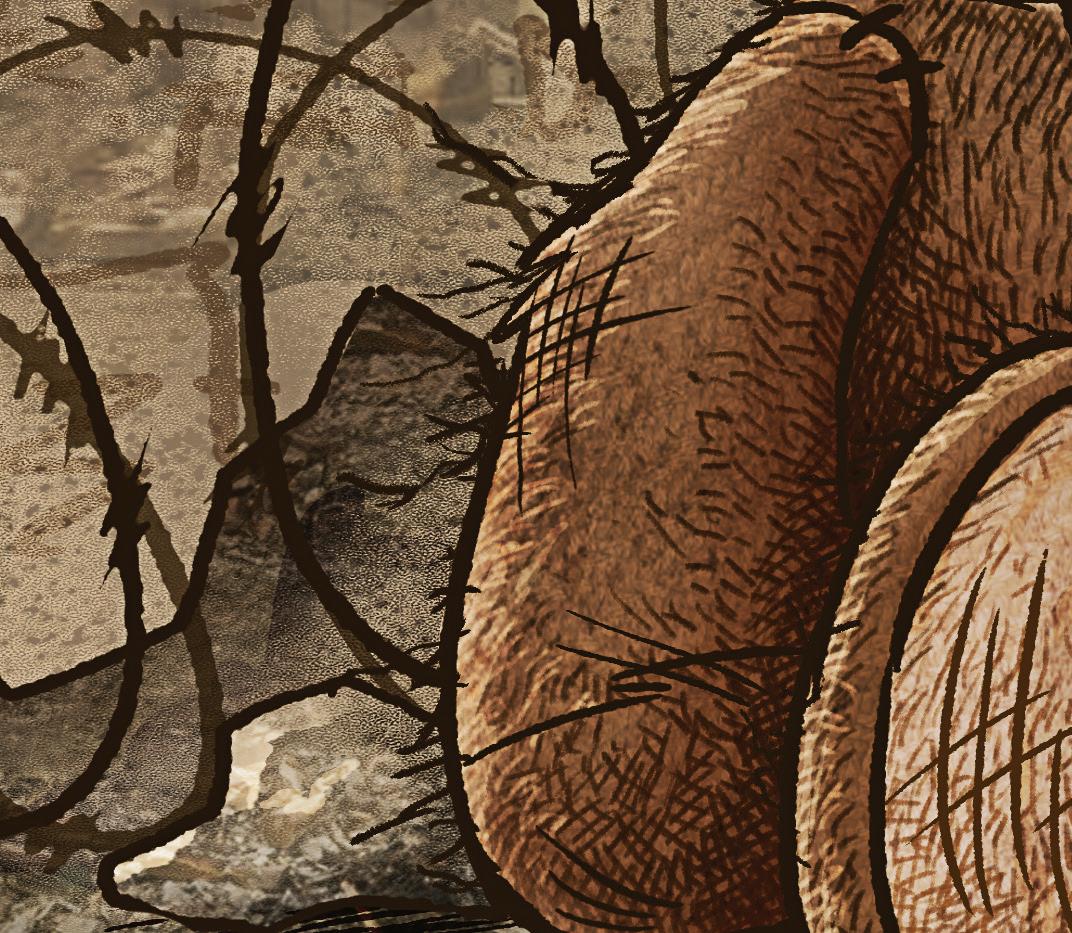
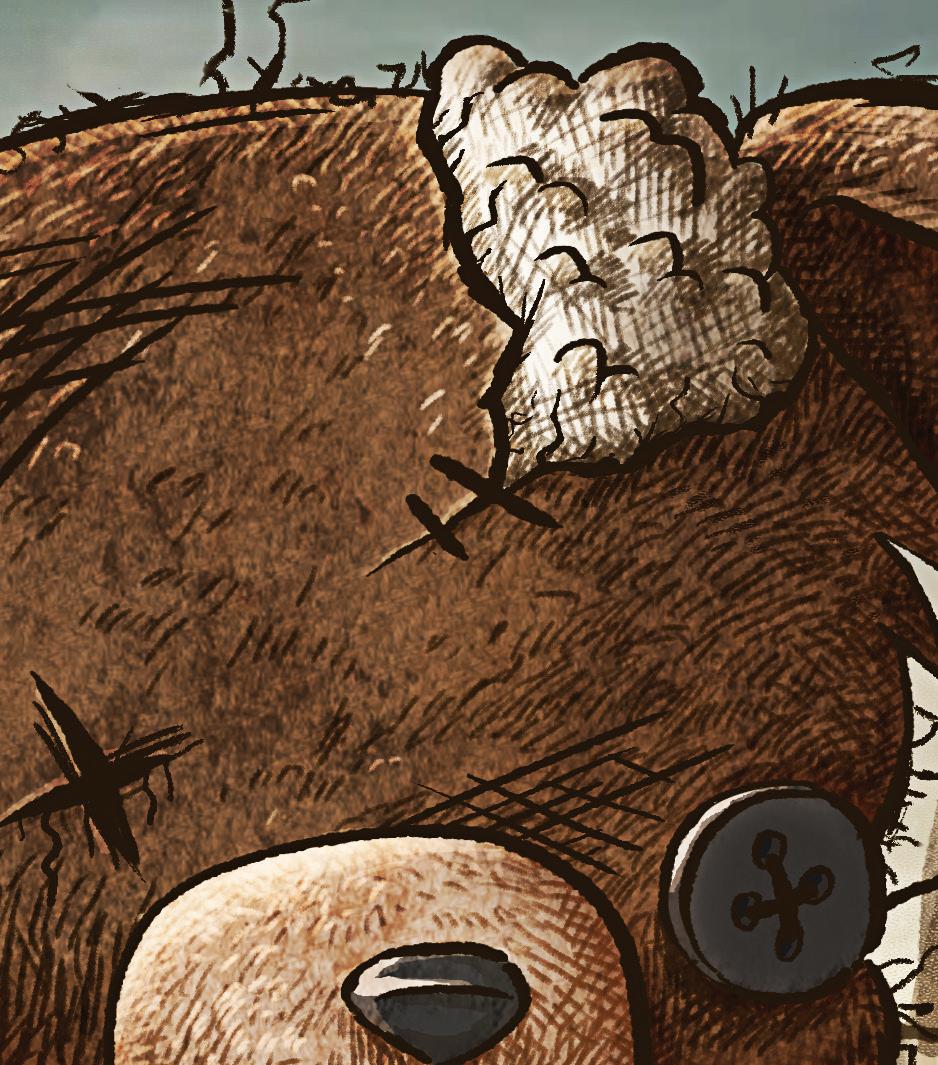
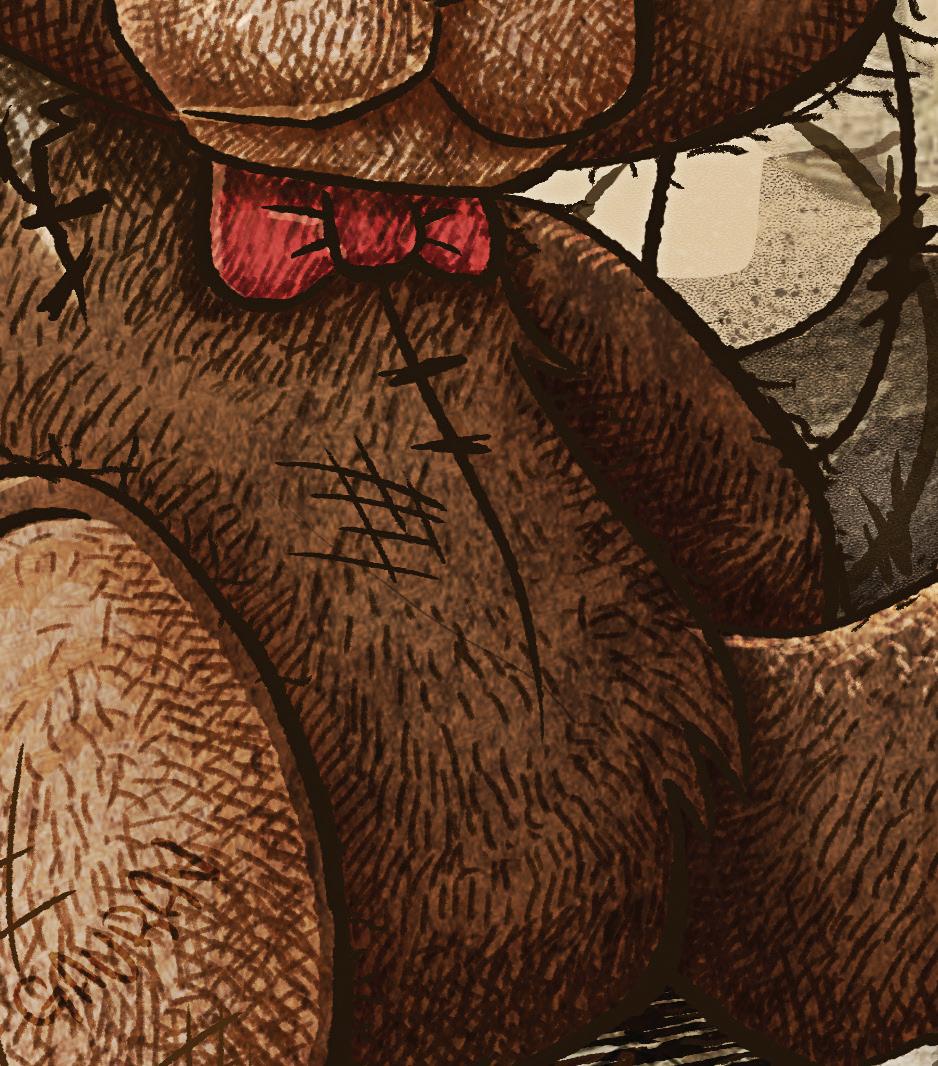

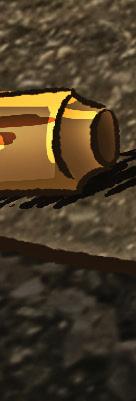
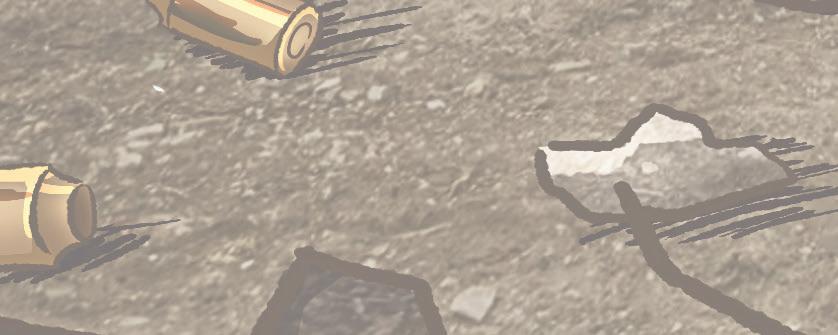
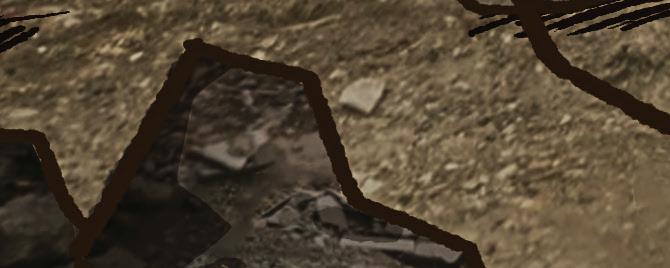
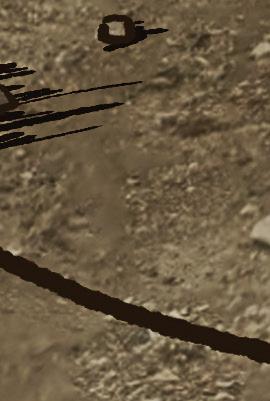

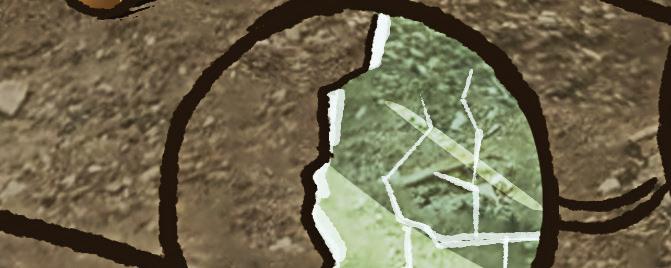
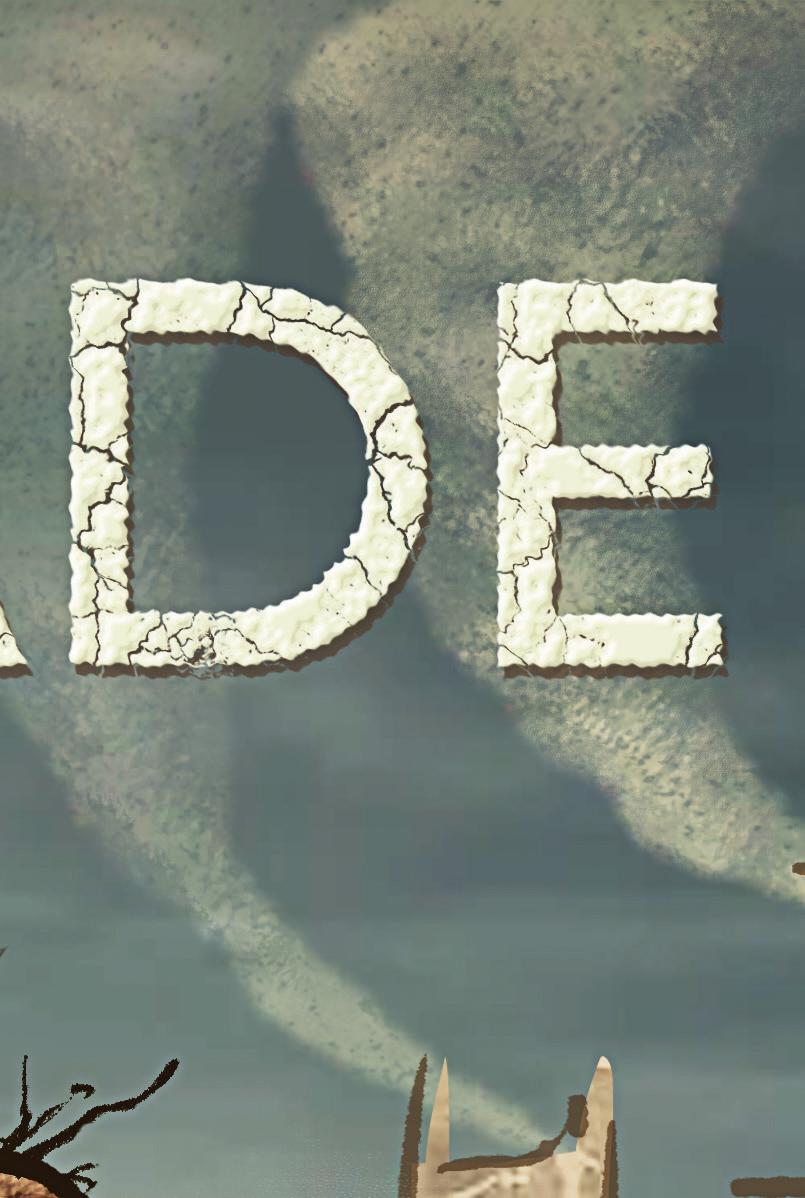
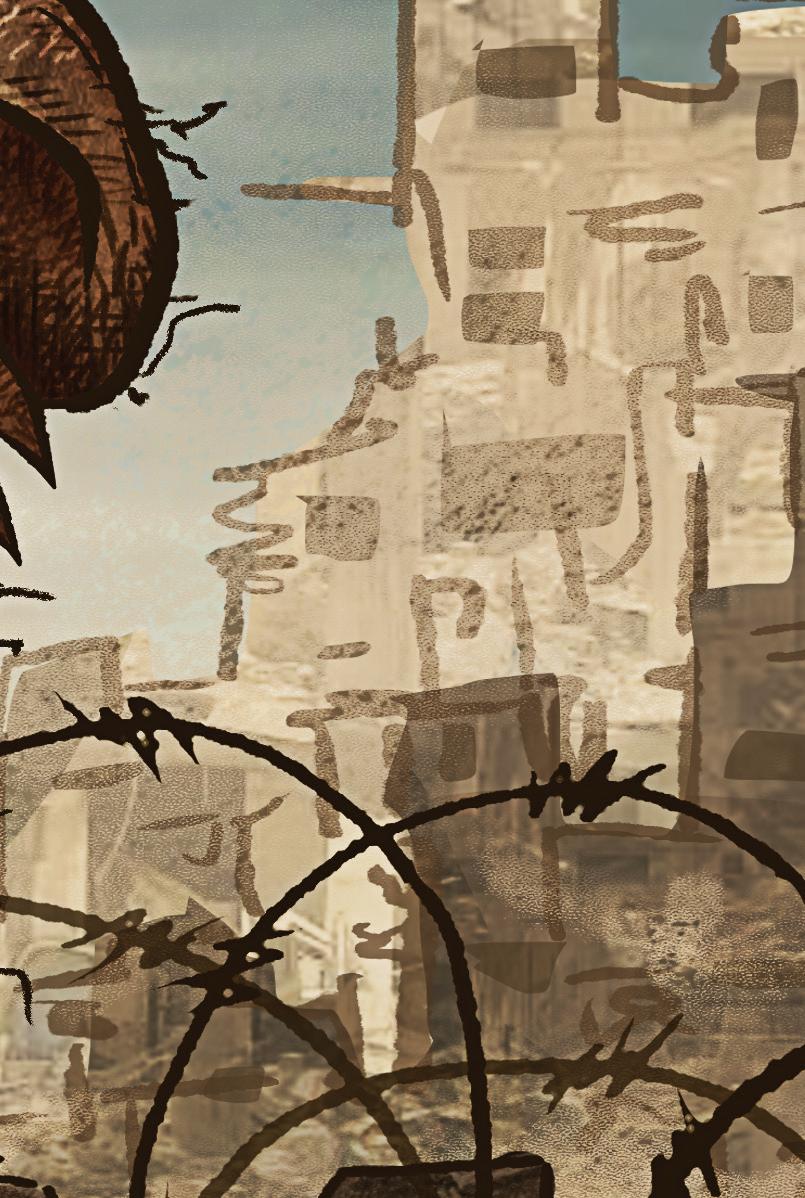

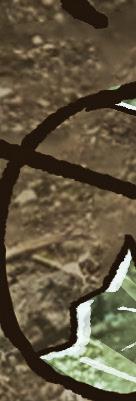


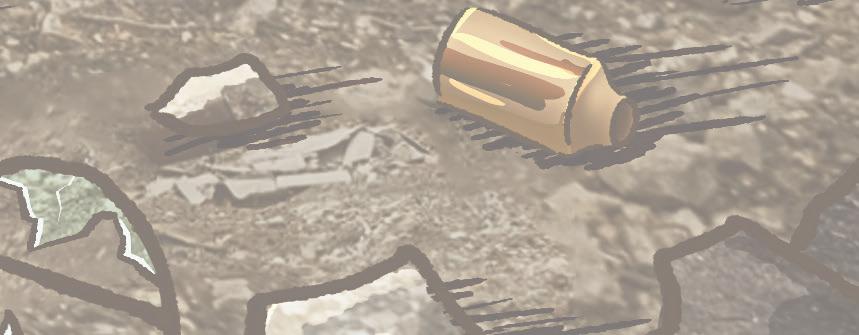


VOL. 31 // ISSUE 14/15 NOVEMBER 8TH, 2023 9 5 17 23 5 CANADIAN SERVICE 9 NATIONS OF DISCORD NATIONS OF DISCORD 17 FALL FASHIONS GOING PUNK 23 Advocating for peace since 1993






Editor-in-Chief
Brad Duncan brad@ufvcascade.ca
Production Manager Sherryl Agingu sherryl@ufvcascade.ca
Business Manager Marie-Ange Routier marie-ange@ufvcascade.ca
Culture Editor Jayden Talvio jayden@ufvcascade.ca
Features, Cover & Illustrator Gaurav Gomes gaurav@ufvcascades.ca
Digital Media Manager Anisa Quintyne anisa@ufvcascade.ca
Snapshot Illustrator Iryna Presley iryna@ufvcascade.ca
Staff Writer Gauri Sethi gauri@ufvcascades.ca
Staff Writer Veronica Powell veronica@ufvcascade.ca
Community Engagement Coordinator Sabrina Morgan sabrina@ufvcascade.ca
Managing Editor Matthew Iddon matthew@ufvcascade.ca
Creative Director Gabriela Gonzalez gabriela@ufvcascade.ca
News Editor Rachel Tait rachel@ufvcascade.ca
Opinion Editor Kiara Okonkwo kiara@ufvcascade,ca
Copy Editor Aasha Khoyratty aasha@ufvcascade.ca
Features Editor Brad Duncan brad@ufvcascade.ca
Arts Editor Gianna Dinwoodie gianna@ufvcascade.ca
Sports Editor Teryn Midzain teryn@ufvcascade.ca
Production Assistant Diana Blanco diana@ufvcascade.ca
Distributor Kirat Dhami kirat@ufvcascade.ca
Editorial // Love and loathing in a mad world
When there’s no good choice, sometimes you need to go with the least-worst
option
BRADLEY DUNCAN
My parents divorced when I was 13 only to rematerialize as villains of their own unique designs. They each failed to adapt to their new realities — ones borne of circumstances they both fed into, but with outcomes neither fully endorsed. Tormented and scorned, they charted an uneasy course through unfamiliar waters. With vengeance as their North Stars, they sailed the choppy, frigid seas, propelled by the harsh winds of grievance.
replaced with tit-for-tat gamesmanship, psychological warfare, instability, dehumanizing rhetoric, and an abandonment of their supposed ideals. The desire to preserve an imagined self-construction (with their children a natural extension of that conception), no matter the cost, doomed them all.
My mother adopted a detached indifference; my father, a mournful rage. Their children, to various degrees, became the embodiment of cynicism, nihilism, depression, anger, grief, and loss.
achieving these goals will only come at the annihilation of the other. Their singular focus blinds them from the way they corrupt and destroy the very thing they are seeking. Consumed by the enemy without, they appease the enemies within. Whoever wins must be content to rule over a moral (and literal) wasteland.
The Cascade is UFV’s autonomous student newspaper. It originated under its current name in 1993, and achieved autonomy from the university and the Student Union Society in 2002. This means that The Cascade is a forum for UFV students to have their journalism published in an entirely student-run setting. It also acts as an alternative press for the Fraser Valley. The Cascade is funded with UFV student funds, and is overseen by The Cascade Journalism Society Board, a body run by a student majority. The Cascade is published every other Wednesday with a print circulation of 800 and is distributed at Abbotsford, Chilliwack (CEP), Clearbrook, and Mission UFV campuses and throughout the surrounding communities.
The Cascade is open to written, photo, and design work from all students; these can come in the form of a pitch to an editor, or an assignment from an editor. Pitch meetings will be digital for the remainder of the semester. Please email managing@ufvcascade.ca to be put on the assignment email list.
In order to be published in the newspaper, all work must first be approved by The Cascade’s editor-in-chief, copy editor, and corresponding section editor. The Cascade reserves the right to edit submissions for clarity and length. The Cascade will not print any articles that contain racist, sexist, homophobic, or libellous content. Letters to the editor, while held to the same standard, are unedited, and should be under 200 words. As The Cascade is an autonomous student publication, opinions expressed do not necessarily reflect that of UFV, The Cascade’s staff and collective, or associated members. WWW.UFVCASCADE.CA INSTAGRAM.COM CASCADE_FY TIKTOK CASCADE_FY Volume 31 · Issue 14/15 Room S2111 33844 King Road Abbotsford, BC V2S 7M8 604.854.4529
The Cascade is published on the traditional, unceded territory of the Stó:lō peoples. We are grateful to be able to work and learn on this beautiful land.
My mother, in fear and uncertainty, sought out safety, but her securityminded decisions only exacerbated the tenuous situation. My father, weakened, responded from a place of anger and pain. Sometimes the ensuing violence would arrive on our doorstep. Often, the havoc was directed within. Their children suffered through it all; embroiled in a conflict they did not choose, and from which they could not escape.
Both felt the other could neither be reasoned with nor appealed to. Concession, compromise, and collaboration were abandoned. They lost sight of the objective: a shared and mutual prosperity in this new existence. It was
In Gaza, a war rages from which there appears to be no end. It is a conflict between two nations who have suffered greatly at the hands of others.
But through this strife, they have also inflicted tragic and lasting damage to themselves, their interests, and their successors. Some, fueled by hate, will take up the battle, while others collapse into a resigned despair. Nations are made up of individuals, and like the people who compose them, they can suffer deep and persistent traumas which poison their souls, skew their perceptions, and degrade their futures.
The region is ruled by uncompromising desires: for peace, revenge, safety, acknowledgement, and legitimacy.
The players in this zero-sum game increasingly embrace the idea that
Narratives of victim and victimizer typically break down under close appraisal. Hurt people, hurt people. Breaking that cycle within myself meant seeing my parents for who they were: dejected, irrational, and deeply flawed. They were wounded animals, and behaved accordingly. That realization doesn't excuse the harm they inflicted — no amount of anguish excuses heaping fresh new traumas upon the innocent — but it allowed me to forgive them in time. Ultimately, radical compassion is about healing yourself.
In a land governed by wrath, the next assault might just be interrupted by an element long missing from the region: grace. In a war with no clear end, right now, that might be the best we can hope for.
2 VOL. 31 // ISSUE 14/15 3 UFV Senate 3 .......... Hobby Farming NEWS 4 .......... Snapshots 5 .......... No thank you for your service 5-6 The theft economy OPINION 9-16 Hell on Earth in the Holy Land FEATURE 17 ........ Fall at Maan Farms 17-18 ... Campus Fashion: Autumn style 18 An interview with Lorna Crozier 19 ........ Vegan eats 19 ........ Listening party pride CULTURE 20 ........ Death Means Nothing to Us 20-21 .. Warhammer 40k 21 Fall of the House of Usher 22 ........ Helluva Boss 22-23 .. An Interview with Desperate End 23 CIVL Shuffle 8 Cascades Check 6-7 Study Break 7 ......... The Cascade Kitchen: Kenyan Chapati ARTS SPORTS ACTIVITIES
October Senate recap: Updated learning objectives and program changes
Exploring ways to better serve the student body
RACHEL TAIT
Senate is the academic governing body of UFV, with the acting university president and vice-chancellor James Mandigo as chair. They are responsible for making decisions on everything academic, including: approving new courses and programs, approving changes to programs, and setting entrance requirements and the academic calendar. The Board of Governors, which looks at the business side of the university, is advised by Senate on matters of mutual interest.
All at the university are welcome to attend Senate’s public meetings, held once a month. Senate makes decisions that impact the daily lives of both students and faculty. This article will recap the main agenda items of the hybrid Senate meeting on Friday, Oct. 20, 2023
David Johnston, university registrar, motioned for the senate to approve the revisions made to the Dental Office Reception
Community //
Certificate program. The program was reviewed with changes made, most notably “separat[ing] the program topics modules into courses, each with their own learning outcomes.” These changes were done to help better administer the program and enable students to keep track of their learning and make sure they pass all areas of the program.
Another change was made to make sure the program offers up-to-date content for employment purposes. There is no longer a speed requirement for typing and “dental offices do not require a criminal record check from each student participating in the practicum.” The senate voted favourably on approving the changes made to the Dental Office Receptionist Certificate.
A presentation on UFV’s Institutional Learning Outcomes (ILOs) was given to the senate board by Dr. Awneet Sivia, associate vice president of the Teaching and Learning Centre, which outlines the ILOs that UFV abides by. Sivia explained that the ILOs were
first created in 2012 by former provost, Dr. Eric Davis, over a two-year period. More than a decade later, Sivia presented a newly revised version of the ILOs that she and her team came up with for the senate to vote on.
“As a teaching-intensive post-secondary institution focused on developing high-quality graduates poised for success, the need to update the language of UFV’s ILOs was timely,” said Sivia in a memo to Mandigo.
According to Sivia, a significant change made to the learning outcomes is moving from nine to eight values. One of the comments Silva and her team received was to work with fewer ILOs, which inspired the team to have only eight.
There are eight revised ILOs, which include:Apply Knowledge and Competencies Proficiently; Examine Criticality and Holistically; Communicate Eff ectively; Lead Collaboratively; Engage with Indigenous Knowledge Systems; Contribute Locally and Globally; Advocate for Equity,
Diversity, and Inclusion; and Engage in Reflection for Action. The senate voted in favor of the revised ILOs, and they will come into effect July 1, 2024.
Acting president, James Mandigo, wrote in his report that back “in 2021, UFV’s Board of Governors and Senate unanimously approved our Integrated Strategic Plan called Iyaqáwtxw (house of transformation). This document clearly lays out our commitment to being an institution where EVERY PERSON is welcomed and celebrated.”
“At a time where education is under attack in our local communities and around the world, UFV’s strategic plan reaffirms our commitment to being known as a gathering place for learners, leaders, and seekers,” said Mandigo. He added that “Our Integrated Strategic Plan provides us with the foundation to ensure that UFV is truly Iyaqáwtxw. And we must not waiver.”
Sustainable hobby farming reduces food prices
Local hobby farmer shares her insight
RACHEL TAIT
Back when inflation and food prices were peaking, hobby farming became a more sustainable way to lower the cost of food. Local hobby farmer, Ramona Stevens, has been raising her own chickens and selling eggs for the last seven years. Stevens sat down with The Cascade and shared some of her insights and experiences working on a hobby farm.
Stevens and her family comprise one of three families who jointly operate Fred’s Family Farm. The farm is owned by her father-in-law and named in his honour. Stevens grows vegetables and raises chickens, selling produce and eggs to the community. “I'm not really making enough to live on,” said Stevens. “My husband works full time at his own job, so that's how we're able to make ends meet.” As the name suggests, this type of farming is not meant to be a primary source of income like a commercial farm, but it can bring in extra money.
Stevens said that she was first inspired by her sister-in-law, who also raises chickens, before deciding to go into hobby farming herself. Stevens began with a dozen chickens, and her coop has grown since then. She attributes the success of her egg business to the support of her friends and word of mouth. “My friends [said] these eggs taste better
than in the store, and I was sold out every week.” Stevens now owns 43 chickens and sells around fifteen dozen eggs a week.
Stevens’ main customers are family and friends, but she also has a stand at the end of the driveway where she sells surplus eggs. Stevens said that she operates on an honor
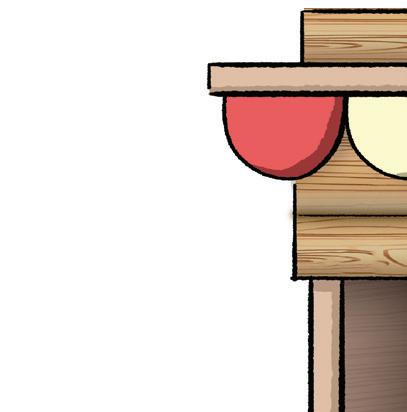
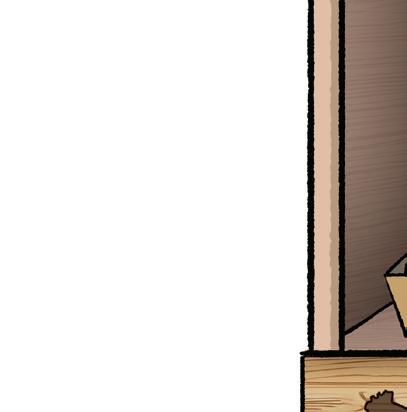

system where customers can pay for the eggs and the money is kept in a lock box.
“I have two separate coops,” said Stevens, “because they're different ages and chickens have a pecking order. If you just introduce new ones, they tend to fight.” As chickens age, their ability to lay eggs decreases. Every




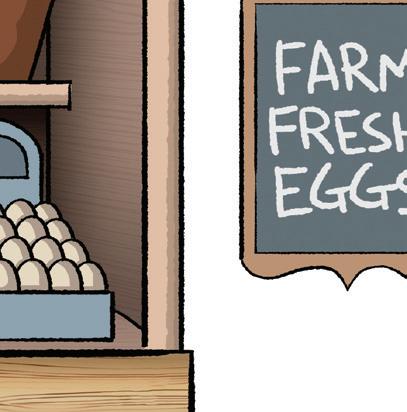
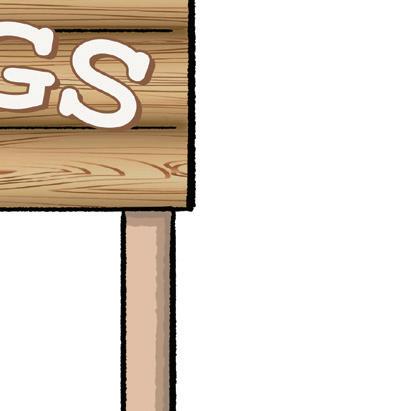
two to three years she needs to buy younger chickens because egg production will go down by 70 per cent. She usually auctions off the older chickens and buys new ones to replace them.
During the pandemic, Stevens struggled to decide if she should sell eggs or not, as feed prices increased by 20 per cent. However, she said that having the egg stand at the end of the driveway worked well because the honor system that she set up functioned on limited human contact.
Working on the hobby farm and growing her own food has helped Stevens save around forty dollars a week — the equivalent of two meals. By growing her own produce, she is confident that her food is organic, stating that she only uses “organic and non GMO seeds and seedlings.”
Stevens said that researching, volunteering, and asking farmers who raise livestock and grow produce is one of the best ways to determine if hobby farming is something they wish to pursue.
In the future, Stevens’ goal is to be more self-sustaining and to grow more of their own food so that they are “less reliant on grocery stores.”
3 VOL. 31 // ISSUE 14/15 WEDNESDAY, NOVEMBER 8TH, 2023 news@ufvcascade.ca News Editor — Rachel Tait NEWS UFV //
Illustration by Gaurav Gomes
opinion@ufvcascade.ca
Opinion Editor - Kiara Okonkwo
SNAPSHOTS
Illustrations by Iryna Presley








Phones at concerts are fine, actually

It’s an oft-stated maxim that smartphones and concerts don’t mix. Just ask Bob Dylan, Jack White, and Ghost — all artists who have banned phones at their concerts in recent times. It’s not just the artists though, sometimes audiences themselves are the strictest adherents of the anti-smartphone creed. You don’t have to scroll very far on Facebook to find your finger-wagging boomer uncle proudly displaying a photo of a Led Zeppelin concert captioned “not a cell phone in sight — just people living in the moment.” No shit, Sherlock!
Recently, I got to see Arctic Monkeys live in Vancouver, and I found that phones enhanced the experience rather than



destroyed it. Waving a lighter is certainly a nostalgic image, but where there’s fire, there’s smoke — and the guy who decided to spark up a cigarette in the middle of the indoor mosh pit was nobody’s favourite guy. Not to mention, thanks to the incredible camera quality of the rose-gold iPhones all around me, I could actually see the stage whenever the seven foot tall space ranger wrapped in a blanket decided to sway in front of my line of sight.
Plus, my phone lets me take as many pictures of Alex Turner’s incredible hair as I want. Let's see your uncle’s lighter do that
MATTHEW IDDON



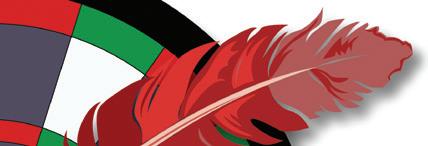

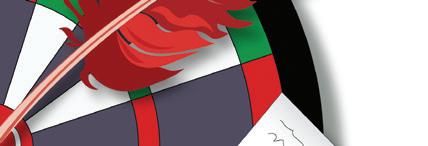

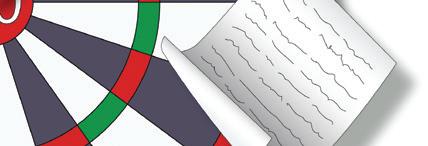
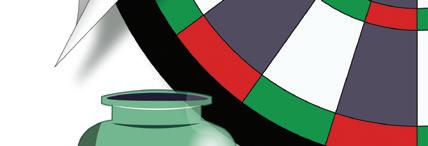
On your mark, get set, write!

Well, folks, it’s November, and if you’re an aspiring writer with a need for self-punishment, that means it’s also NaNoWriMo season. What is NaNoWriMo, you ask? It is the ridiculous challenge of writing 50,000 words in one month with the goal of finishing a novel.
This is my first year of participating and I’m equally as excited to feel productive as I am absolutely terrified. A few months ago, a couple of co-workers and I decided we would take on the challenge together, so we’ve been meeting regularly to write, plan,


share our fears, and prepare for the impending exhaustion.
If you would like to try your hand, here are a few things we’ve been doing to prepare: We’ve created outlines based on weekly and daily goals, workshopped our outline ideas with each other, scheduled daily sessions to write as a group (but also individually), and of course, stocked up on coffee.
‘Tis the season for stressed out novelists. Have fun!
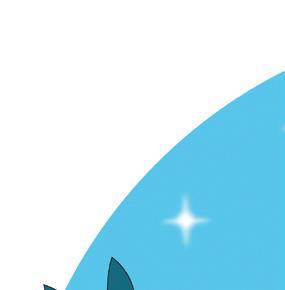

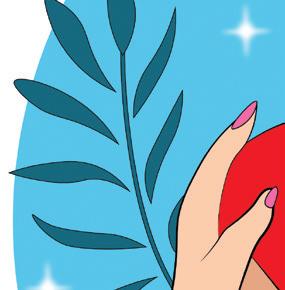

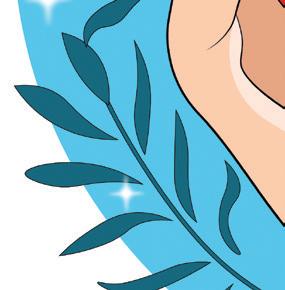

Tattoos heal in more ways than one

While some of my tattoos have no literal meaning, getting them done and having them is a major way that I practice self-care. My tattoo journey began as a project to cover up self-harm scars and deter me from harming myself further. Over time, they became a way to feel comfortable in my skin as I struggled with my body image. Now, tattoos have taken on another meaning.
I struggle with degenerative disabilities, meaning it’s very likely my pain and other symptoms will only get worse as time goes

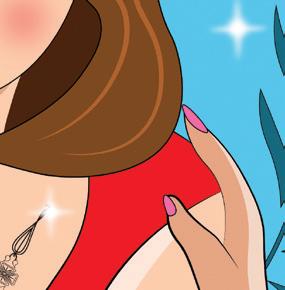
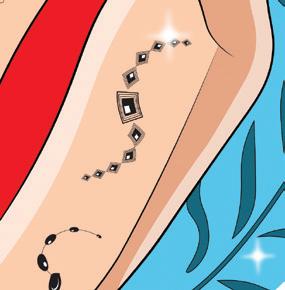
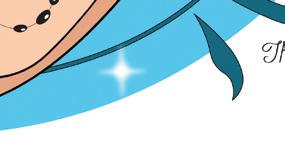


on. Lately, my life has been filled with profoundly unenjoyable appointments and tests, and as a result, I’ve felt a complete loss of control over my life and body. However, a recent addition to my tattoo collection has allowed me to feel a bit of control again. Tattoos hurt — my chronic pain hurts more — but I get to choose this pain. Now I’m healing the tattoo that has already healed me, at least a little bit, and a little bit means a whole lot right now.



The resurgence of the disco ball




What goes around comes around, including this sparkling sphere. For good reason, the disco ball lights up our minds with images of parties and free love; it’s a separation between myself and who I am outside of the walls of this club — because all that matters is this night on the dance floor. Today, instances of the disco ball being used for its intended purpose are few and far between; you may not even notice them as they glitter silently in the corner of your local bar. This culturally






significant spinner has evolved and taken on a more symbolic meaning. Commonly found on the sticker sleeve of your coolest friend, on Etsy with the top cut off and paired with a macramé plant hanger, or in obscure places like The Cascade newsroom — the disco ball is more than just a good time, it’s a cultural marker of inclusivity, acceptance, and creative expression — and I’m here for it.
4 VOL. 31 // ISSUE 14/15 WEDNESDAY, NOVEMBER 8TH, 2023
OKONKWO SYDNEY MARCHAND
AASHA KHOYRATTY KIARA
OPINION
Canada //
Military service in Canada is no longer worth the sacrifice
Our government offers little more than lip service to its armed forces and veterans.
STEVE HARTWIG
In the months leading up to Remembrance Day, I become a mixture of emotional burnout, system advocate, and sceptic. As a former member of the Canadian Armed Forces (CAF), I have thirty-plus years dealing with service-related injuries. I also have decades dealing with government bureaucracies and their promises, denials, retractions, coverups and hostility towards veteran advocacy. Why on earth would anyone join our military knowing the Canadian government’s duplicitous and neglectful treatment of the military and its veterans?
Canada has tens of thousands of veterans in similar situations to my own — waiting for the services and support our government routinely pledges but fails to provide. During publicity campaigns or calls for support, the federal government paints a pretty picture of the CAF — but in reality our government refuses to offer little more than lip service as they continue to slash the budgets of the Department of National Defence (DND) and Veterans Affairs Canada (VAC).
Currently, Canada can barely field a combat-effective battle group of 2,500 combat troops domestically. The situation is so bad, Canadian troops have to pay out of their own pockets when ordered overseas by the Canadian government. The CAF cannot provide air and naval assets to support international operational expectations, yet, our government continues to make commitments they know they can’t meet. As well, Canada fails to reach its defence spending
Canada //
promises to NATO and continues to proclaim they will.
Worse still, Canadian soldiers are being forced to buy their own personal gear and ballistic armour in preparation for overseas deployments. This, while our national braintrust supplies the militaries of other nations with Canadian purchased personal gear and ballistic armour. Imagine deploying to an operational theatre, preparing for war, and lacking food, critical equipment, protective ballistic armour, and the weapons to defend yourself — only to see other nations arrive in the gear taken away from you and provided to them.
Welcome to the world of one of Canada’s most vulnerable demographics: the soldiers, sailors and air personnel of the CAF. Our military personnel are routinely put in extremely high-risk situations with little more than antiquated weapons and equipment, poor combat service support, and little to no national support. This unacceptable reality is decades old and I believe will continue to be for decades more.
Remembrance Day — originally called Armistice Day — represents the service and sacrifice of more than 1.6 million of our “war service veterans,” who fought in the First and Second World Wars. According to Veterans Affairs Canada, more than 118,000 gave their lives. Those who returned faced many challenges reintegrating back into Canadian society; but they had a committed government support program, a Royal Canadian Legion focused on helping
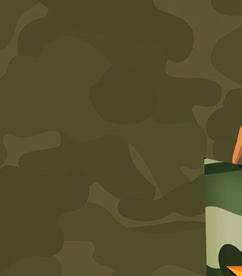

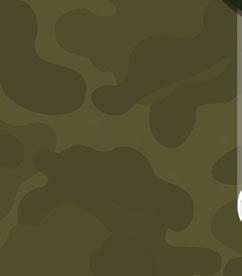
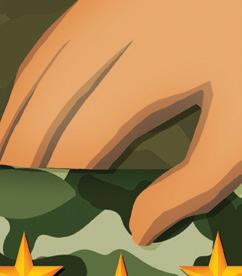


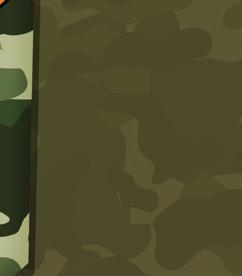
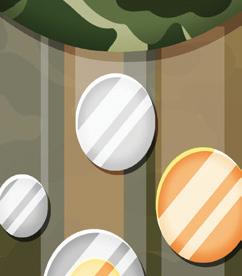
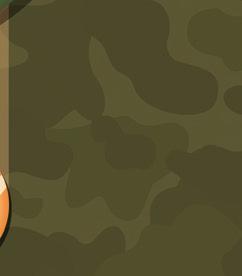


returning veterans, and the mindset that they personally contributed to winning the war and overcoming evil.
Unfortunately, that’s no longer the case. Today, the Korean War, Peacekeeping era, Gulf Wars, and the war in Afghanistan (Canada’s longest war — 12 years long) hardly receive recognition for the service and sacrifice of more than 215,000 Canadians, including 804 dead.
As our world devolves into a continuous series of corporate backed conflicts, Canada continues to be less than supportive of the veterans they order into foreign conflicts. Troops return home to face considerable stigma, shaming, and isolation.
Rising inflation forces polite Canadians to become petty thieves
Why my thoughts on karma have changed
KIARA OKONKWO
I never stole in grade school — instead I assumed the role of morality police. When hearing stories from friends of their torrid adventures stealing Lip Smackers from Claire’s, I’d condemn them immediately. “Stealing is bad. Don’t you know you’ll get bad karma?”
“Karma?” they’d ask me, and I’d righteously explain: “What goes around, comes around.”
All Canadians, especially marginalized individuals and low-income families,
have been personally affected by inflation. Beginning in 2022, we saw food, transportation, and housing prices increase. Although inflation rates are slowing down, its effects leave Canadians struggling with the cost of living. When I moved out of my studio apartment this year, the building management tacked on an additional $300 per month for the next tenant to “reflect the market.” I had only occupied the unit for a year. I feel bad for the next tenant, personally victimized by this arbitrary and invisible market.
I am one of those Canadians who doesn’t understand the mechanics of our economy, but I can and do accept the realities of inflation





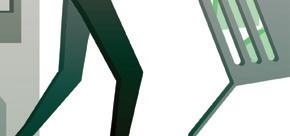




as it rises and falls, and I try to adjust accordingly. However, it’s a tough pill to swallow; a week of groceries for myself costs well over $100, and this year, Canadians struggled to put food on the Thanksgiving table. Moreover, as economic despair worsens,
My personal experience is that the government and the Royal Canadian Legion are now much less supportive to veterans as they focus more on civilian programming. Navigating onerous government support creates additional mental health challenges, and without a resounding military victory, veterans may feel their sacrifices were made in vain, further compounding issues.
All the while, private military contractors and the military-industrial complex make unbelievable profits off this continuous string of wars. Often, war is needed to deplete stockpiles of ordinance and materials. Lobbyists then employ politicians to gain the public support needed to manipulate political arenas and jump on the bandwagons of war.
With wars raging in the Ukraine and Israel and the potential invasion of Taiwan stoking confrontations between superpowers, it is entirely possible Canada will be called upon to provide more than political lip service. Enlistment in our military comes with more hazards than frontline service. The proud and world-respected members of the Canadian Armed Forces deserve better than our government’s ignorance and abuse.
If you choose to serve, know what you’re getting yourself into. Hopefully, your sacrifice will not be in vain, but your country will likely offer you little in the way of support regardless.
Canadians who are not currently homeowners are beginning to believe that they may never be. With all of these economic fluctuations outside of our control, how are we supposed to cope?
Well, apparently we steal.
And no, it’s not robbery. Canadians aren’t sticking up their neighborhood Superstore for $11 brie cheese. We modestly and politely take our theft to the faraway corners of the self-checkout. We don’t want to actually burden another individual with our wrongdoing. We watch our own faces in
5 VOL. 31 // ISSUE 14/15 WEDNESDAY, NOVEMBER 8TH, 2023 OPINION
CONTINUED ON PAGE 6
Illustration by Gaurav Gomes
Illustration by Gaurav Gomes
OPINION
CONTINUED FROM PAGE 5
the pixelated security scanner as we forget to scan the $11 brie, the $13 Genoa salami, and the butter, because seriously, when did butter start averaging seven dollars a brick? As kind as we are said to be, we don’t feel
STUDY BREAK
Crossword //
bad about our crimes either. In the spring of 2023, Canadians sat back and watched as big grocery chain heads defended their profit margins in the House of Commons. We have to wonder if the increase in our grocery prices is a result of inflation or so-called greed-flation?
So when a friend casually throws into the conversation that they stole the chicken they are using for their meal preps this week, I don’t bat an eye. “I won’t do it again,” they say, but I am no longer the morality police. Somewhere between student loans and moving back into my family home, I became sympathetic to this guilt-inducing act of resistance. It may be the only control we can exert over the unseen economic forces that mystically fluctuate around us..
ANSWERS:
Horoscopes //
Your monthly life predictions made by J. Talvio.






Aries - Mar. 21 to Apr. 19
November is your month to shine, Aries, but don't shine so bright that you blind everyone with your ego. Remember, there's a difference between confidence and overwhelming people with your (real or merely perceived) brilliance.
Taurus - Apr. 20 to May 20
Taurus, you've got the bull by the horns this November. Your determination is unmatched. Just don't be too stubborn, or you might end up butting heads with everyone around you.
Gemini - May 21 to Jun. 20
Gemini, you're as fickle as a social media feed. One minute you're up, the next you're down. Just remember, life is not an Instagram story. Stop swiping left on commitment.
Cancer - Jun. 21 to Jul. 22
Emotions are running high for you this November, Cancer. But don't let that crabby shell of yours get in the way of expressing your feelings. Sometimes you've got to let it out.
Leo - Jul. 23 to Aug. 22
Leo, your ego is bigger than your hair this November. Just remember, not every room is your personal stage. Give others a chance to shine, too.
Virgo - Aug. 23 to Sept. 22
You're nitpicking your way through November, Virgo. But sometimes, you've got to embrace the mess and chaos of life. Perfection is overrated!






Libra - Sept. 23 to Oct. 22
Indecisiveness is your middle name, Libra. November is a time for making choices, not standing in the grocery store for hours trying to decide between two types of cereal.
Scorpio - Oct. 23 to Nov. 21
You're intense, Scorpio, and not in the cool, mysterious way. More like in the "I'm watching you" way. Lighten up a bit and remember, not everything is a conspiracy.
Sagittarius - Nov. 22 to Dec. 21
Sagittarius, you're an adventurer this month, but be careful not to wander so far that you end up lost in the woods. Leave some breadcrumbs or a GPS pin.
Capricorn - Dec. 22 to Jan. 19
Ah, crazy Capricorn, November has arrived, and you're still working diligently toward world domination. In the meantime, make sure to schedule a playdate with your sense of humour from time to time.
Aquarius - Jan. 20 to Feb. 18
Your eccentricity knows no bounds, Aquarius. But remember, not everyone is on your wavelength. Some people are still stuck in the AM radio era.
Pisces - Feb. 19 to Mar. 20
You're swimming in a sea of dreams this November, Pisces, but don't forget to come up for air once in a while. The real world is calling, and it's not as fanciful as you'd like it to be.
6 VOL. 31 // ISSUE 14/15 WEDNESDAY, NOVEMBER 8TH, 2023
1. Madagascar 2. Jordan 3. Nicaragua 4. Mexico 5. Japan 6. Finland 7. United Arab Emirates 8. Brazil 9. Jamaica Australia10.
Column / /
The Cascade Kitchen: Kenyan Chapati
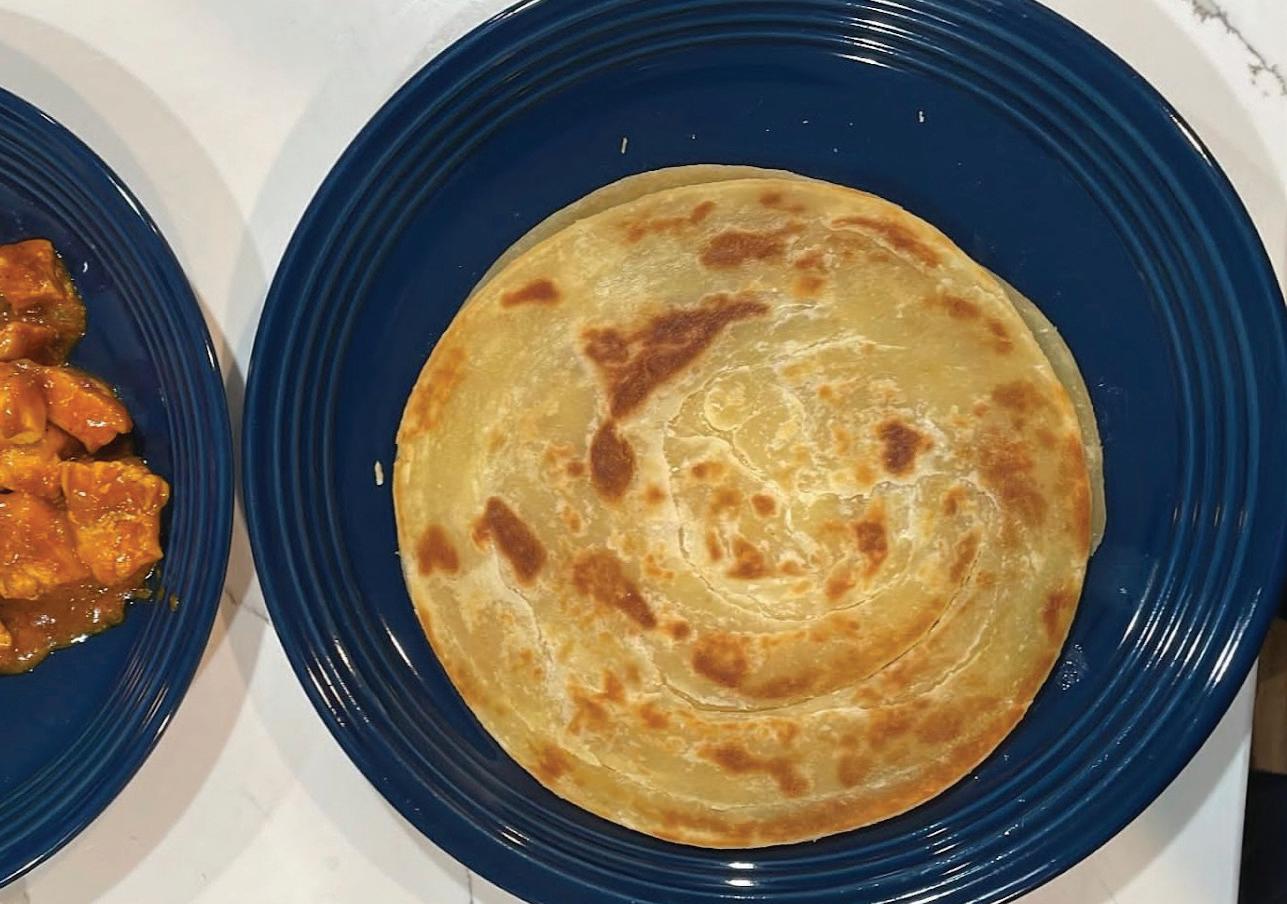
SHERRYL AGINGU
The Cascade Kitchen is a student-run food column that brings you budgetfriendly recipes and cooking tips. Check back weekly for something new to try in the kitchen, or if you want to see your own recipe featured next, get started by reaching out to culture@ufvcascade.ca.
Chapati, a dish developed from the Indian paratha, is considered a luxury staple in Kenya. It never tastes the same from chef to chef; some make it sweet, others salty, and some add veggies like carrots and cilantro. Despite all these cool additives, there is a base recipe you can develop to your own taste. The best part is that once you make them, you have two to three weeks to enjoy them.
Best of luck, hope you enjoy it! Makes: 12 chapatis
Prep time: 4½ hours (mostly to let the dough rest)
Cook time: 30 minutes
Ingredients:
* 6 cups unbleached flour
* 1 tbsp salt
* 4 tbsp sugar
* 20 tbsp vegetable oil
* 2½ cups warm water
Method:
1. Place the flour, sugar, and salt in a bowl and stir until combined.
2. Add 10 tbsp of oil and mix in with your hands.
3. Gradually add the warm water
into your bowl till all combined. Add 4 more tbsp of oil and knead until it is no longer sticking to your hands.
4. Cover the bowl with plastic wrap and leave for 2-4 hours (I recommend 4 hours for the best results).
5. Spread a light amount of flour onto the countertop. Knead your dough for 4 minutes. Divide dough into 4 equal sections.
6. With a rolling pin, roll out the section into a circle 1-1½ inch thick, then spread 1-1½ tsp of oil on top.
7. Cut the circle into strips of 6, roll each strip up, then flatten them down with your hands. Place them aside and repeat for the next 3 sections. Leave to rest for 30 minutes, covered with a towel.
8. Sprinkle a little more flour on the countertop. Take one of your flattened rolls and roll it out into a circle until it’s 1/2 an inch thick. Peel up your raw chapati and place aside. Repeat this for the other rolls. If you run out of space on the counter, you can do this as you cook.
9. Place a pan on medium heat and coat it with a thin layer of oil. As you wait for the pan to heat up, place 4 tbsp of your oil in a bowl.
10. Carefully peel one of your raw chapatis and place it onto your pan. Wait until it’s slightly browned, which will take between 1-3
minutes, then flip it and spread oil on its cooked side. Repeat this process on the other side, then flip it back to its original side. Cook it for 2 more minutes on its original side.
(Tip: stack them like pancakes and cover with a plate to make them softer). Repeat this step until all your chapatis are fried up.







Best accompaniments:
• Tea or any hot drink
• Stews
• Stir-fry
• Pan fried meats
• Grilled meats (if you want to be ambitious) Enjoy!










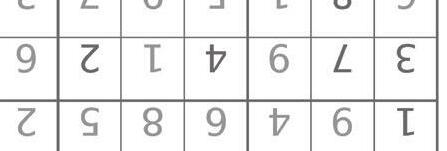
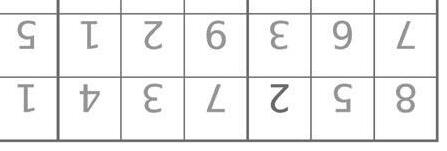
7 VOL. 31 // ISSUE 14/15 WEDNESDAY, NOVEMBER 8TH, 2023 STUDY BREAK
Sudoku //
Photography by the Agingu Family
sports@ufvcascade.ca
Varsity // Cascades Check
TERYN MIDZAIN
Welcome to the Cascades Check — an update on the University of the Fraser Valley Cascades Athletics.
The Cascades women’s volleyball team swept the University of Manitoba Bisons 3-1 on Oct. 27, and 3-0 on Oct. 28 in a dominant performance.
Mission’s Mo Likeness tallied a careerhigh 12 kills in the Cascades’ four-set win over the Bisons on Oct. 27, also picking up nine blocks and two aces. Emily Matusi earned a new career-high 30 digs on defence, and Lauren and Gabrielle Attieh continued their dominance, scoring 14 kills, and eight kills respectively. Caitlin Bitter set 37 assists in the game, adding on four kills, three blocks, and five digs as well.
The Attieh sisters lit up the stat sheets again on Oct. 28. Gabrielle Attieh, last year's U Sports women’s volleyball player of the year, posted a game-high 17 kills to lead the Cascades to a 3-0, 25-21, 25-17, 25-21 clean win over the Bisons. Lauren and Talia Attieh scored nine and three kills respectively. Bitter would snag the gamewinning kill, as well as 33 assists
The weekend sweep brings the WVB team to 2-2 in the season.
WOMEN'S VOLLEYBALL
Oct. 27, 2023
UFV vs. University of Manitoba Score: UFV 3 - UMB 1
Oct. 28, 2023
UFV vs University of Manitoba Score: UFV 3 - UMB 0
MEN'S VOLLEYBALL
Oct. 27, 2023
UFV vs. University of Manitoba Score: UFV 0 - UMB 3
Oct. 28, 2023
UFV vs. University of Manitoba Score: UFV 2 - UMB 3
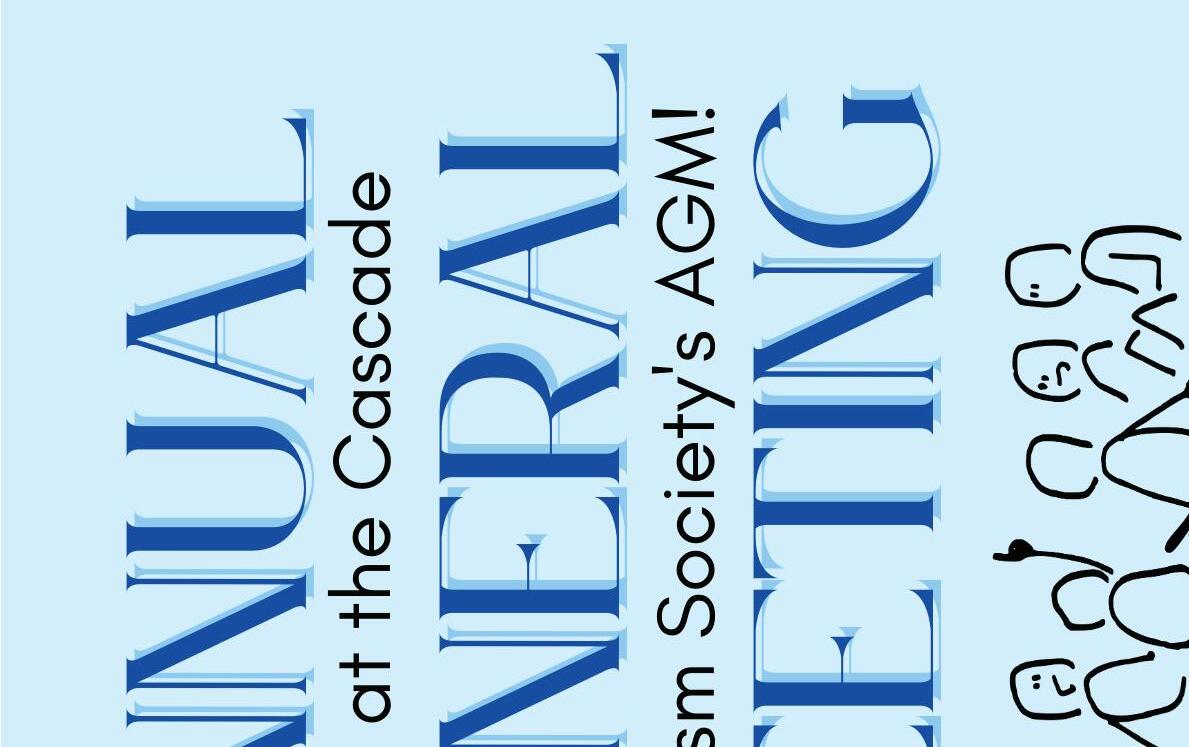
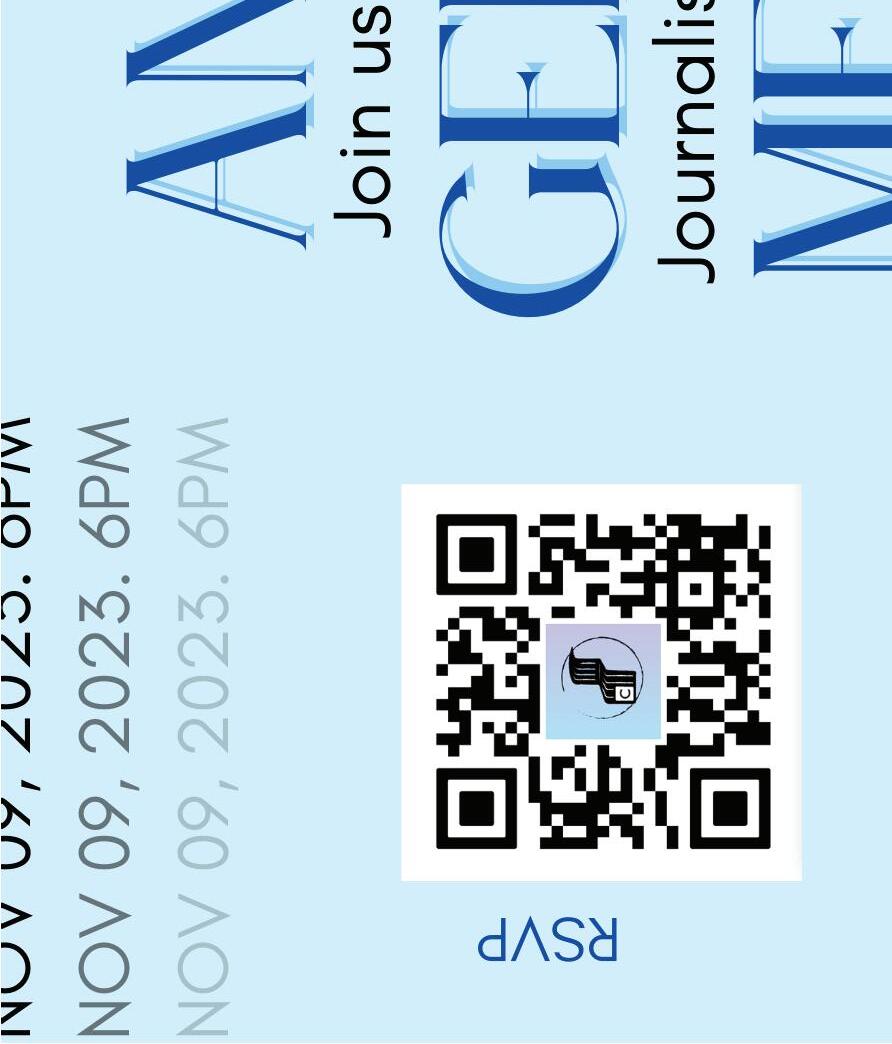

The Cascades men’s volleyball team fought through two intense matches against the Bisons. Both teams gained and stole momentum from each other, and the second game of the weekend was forced to an extra set. The Cascades had plenty of chances to get their second win going by scoring runs, recovering lost balls, and even taking the lead throughout the second match. However, the Bisons were always able to stay in the game and wear down the Cascades, sweeping the weekend with 0-3 and 2-3 wins and dropping the Cascades’ record to 3-3.
Jonas Van Huizen led the Cascades and the match in kills with 18, snagging a serving ace, five assists, and seven digs in Oct. 27’s game. Van Huizen posted a career-high 24 kills on Oct. 28, totaling 42 total kills over the weekend. Nimo Benne totaled 22 kills, six blocks, and 13 digs. Ryan Hampe had a career-high nine blocks on Oct. 28, totaling 12 and adding ten kills to his weekend totals.
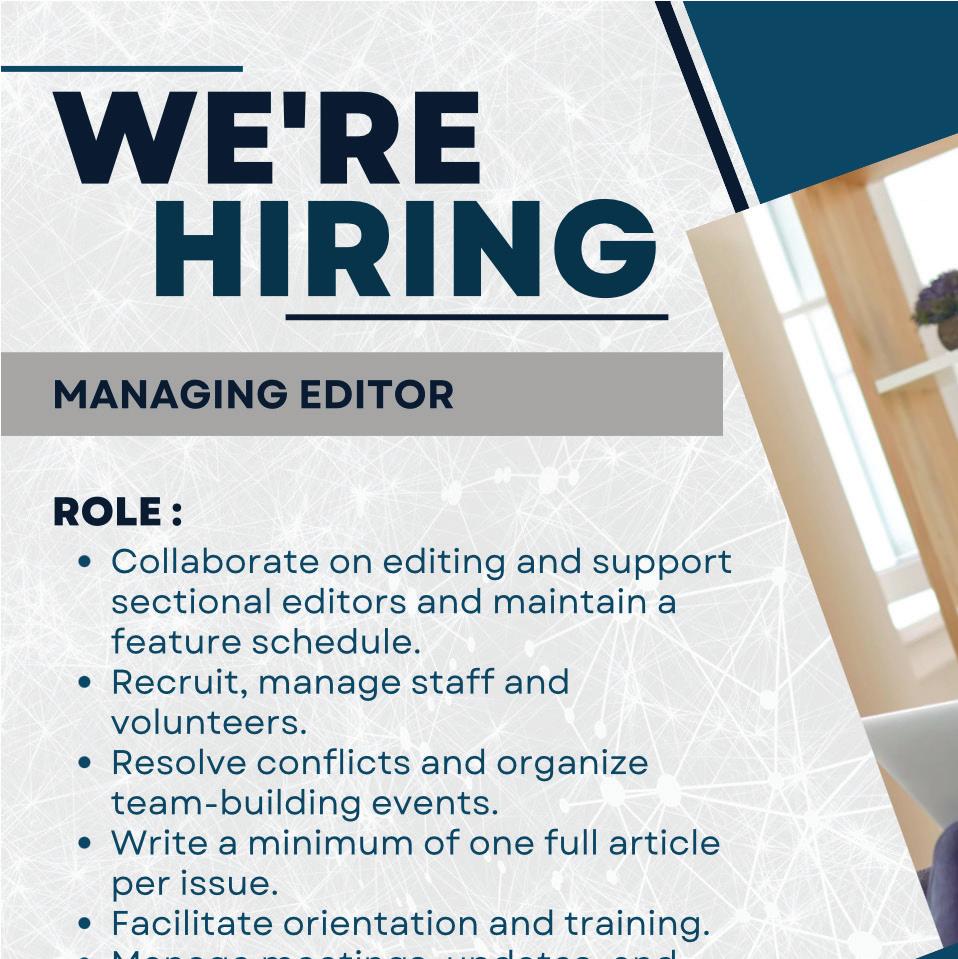
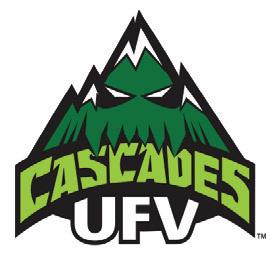
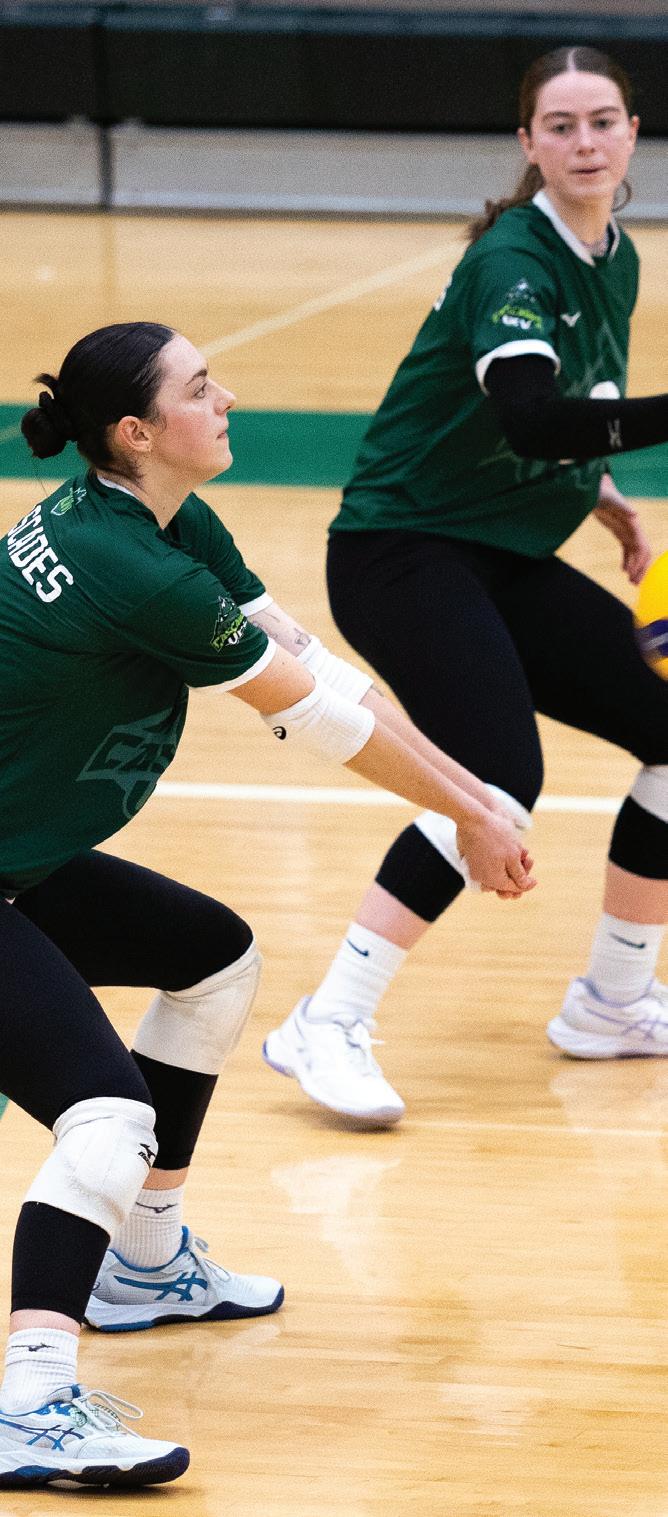

Up next for the Cascades, the volleyball team stays home on Nov. 3 and Nov. 4 going up against McEwan. The basketball team’s first home games are the following week on Nov. 10 and 11. The games can be streamed on CanadaWest.tv.
To learn more about the UFV Cascades and about the student-athletes, go to gocascades.ca


8 VOL. 31 // ISSUE 14/15 WEDNESDAY, NOVEMBER 8TH, 2023
Sports Editor - Teryn Midzain SPORTS
Photography by Jordie Arthur/ UFV Athletics
HELL ON EARTH IN THE HOLY LAND
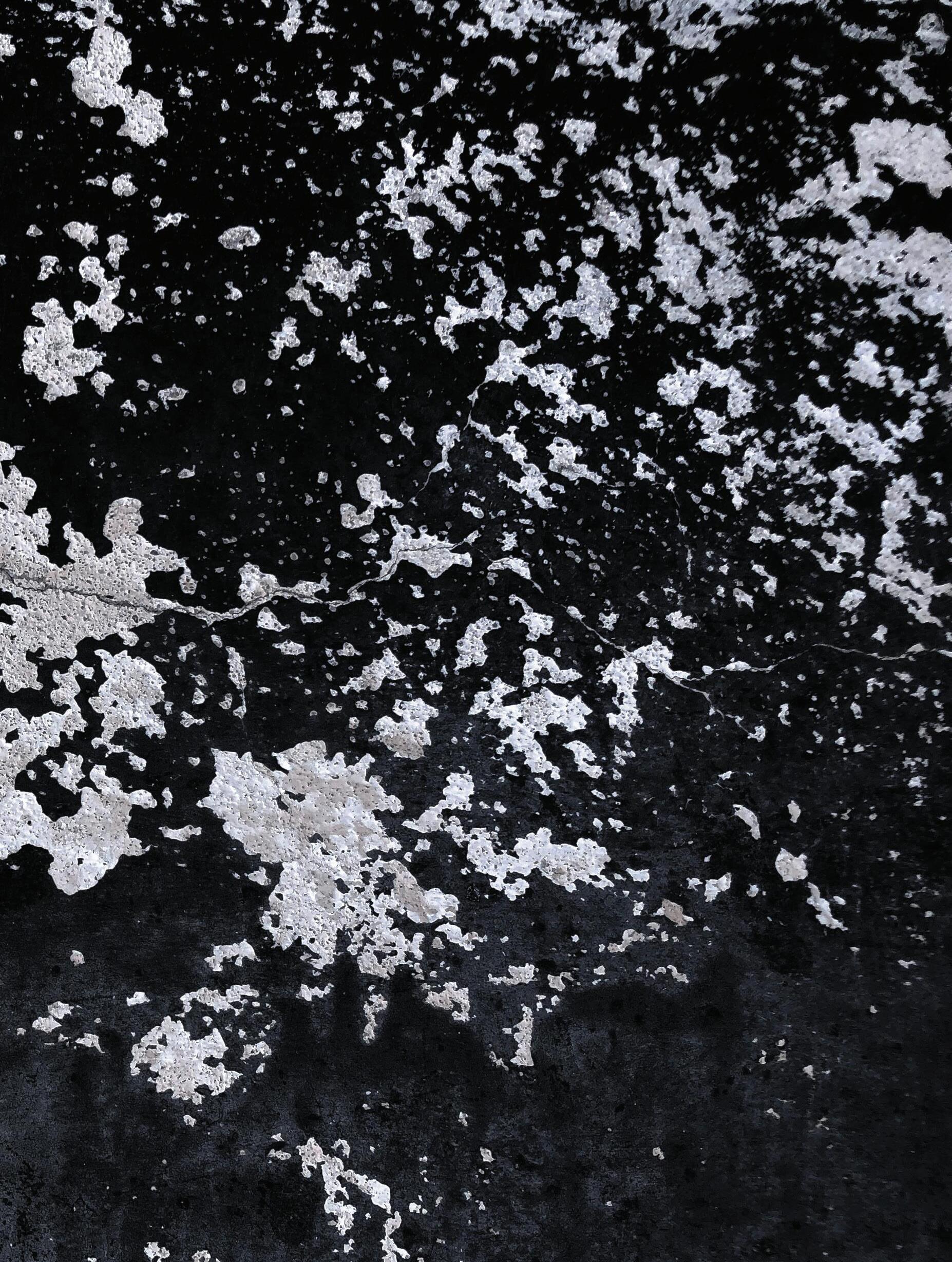
Conversations of note as war engulfs
the Middle East
BRADLEY DUNCAN
In October, The Cascade’s managing editor, Matthew Iddon, published an editorial exploring the uneasy relationship between journalists and world events. “Bad news,” he writes, “often makes for great articles.” He’s not wrong, but occasionally a potato rolls across our desk that feels too hot to touch, let alone report on. The New York Times, we are not. But neither are we ostriches, our heads planted firmly in the sand. It begs the question: How can a university newspaper report on the Israel-Palestine conflict without wading too deeply into troublesome waters?
The situation is beyond complex. On Oct. 19, UFV hosted a talk entitled “Israel and Gaza: Seeing Beyond the Headlines,” in an attempt to better inform the student population. However, even there, attendees noted some fervent and immediate pushback to the speakers, who are far better informed than anyone at The Cascade to discuss the history of the conflict. We cannot claim to advocate for one side, or know the full history of the war better than anyone else. The situation in Gaza, Palestine, and Israel is a true crisis precisely because there is no consensus as to just how we got here, or how to go forward.
But we still have a job to do, and it might be more important than ever that we do it well. In our current society — reactionary, prone to division, and “informed” by memes — nuance matters. In that spirit, we’ve gathered a variety of sources; a collage of differing perspectives all in dispute over what exactly the conflict is and what our response ought to be. Our aim is not to promote one side over the other, but rather to provide a rough explanation of some of the major tensions between Israel and Palestine. Education is an antidote against dogmatic violence, and we must be able to talk about subjects like this one while we have the freedom to do so. Without a clear course of tangible action, it becomes the moral imperative of those of us living in peace to promote the sharing of information and education across cultural lines. It’s crucial that we freely discuss how the tragic events of Oct. 7 happened, debate why they happened, and hopefully work together towards some kind of solution, regardless of how scarce those appear to be right now.
VOL. 31 // ISSUE 14/15 WEDNESDAY, NOVEMBER 8TH, 2023 9

VICTORY OR MARTYRDOM THE AIMS OF HAMAS
Graeme Wood is a staff writer at The Atlantic. On October 23, 2023, officials in Israel screened gruesome footage taken of the Hamas attack of Oct.7 for members of the press. Wood found himself most disturbed by an audio recording taken amidst the violence:
The clip is just a phone call—placed by a terrorist to his family back in Gaza. He tells his father that he is calling from a Jewish woman’s phone. (The phone recorded the call). He tells his father that his son is now a “hero” and that “I killed 10 Jews with my own hands.” And he tells his family, about a dozen times, that they should open up WhatsApp on his phone, because he has sent photographs to prove what he has done. “Put on Mom!” he says. “Your son is a hero!”
His parents, I noticed, are not nearly as enthusiastic as he is. I believe that the mom says “praise be to God” at one point, which could be gratitude for her son’s crimes or pure reflex, indicating her loss for words to match her son’s unspeakable acts. They do not question what their son has done; they do not scold him. They tell him to come back to Gaza. They fear for his safety. He says, amid rounds of “Allahu akbar,” that he intends “victory or martyrdom”— which the parents must understand means that he will never come home. From their muted replies I wonder whether they also understand that even if he did come home, he would do so as a disgusting and degraded creature, and that it might be better for him not to.
Earlier that month, Wood had discussed Israel’s collective response to the attack with his colleague Hanna Rosin on the Atlantic Radio podcast:
Israel is still reeling from the trauma of the attack of Oct. 7, that manifests in a number of ways. And one is that there’s a certain amount of Israeli policy that is driven right now by wrath.
It’s vengeance. It’s an understanding that we have to do something. We have to get rid of Hamas …
Of course, it’s necessary to make a crucial distinction between Hamas and the Palestinian people at large. This is how the Council on Foreign Relations defines Hamas:
Hamas is an Islamist militant movement and one of the Palestinian territories’ two major political parties. It governs more than two million Palestinians in the Gaza Strip, but the group is best known for its armed resistance to Israel …
Dozens of countries have designated Hamas a terrorist organization, though some apply this label only to its military wing. Iran provides it with material and financial support, and Turkey reportedly harbors some of its top leaders. Its rival party, Fatah, which dominates the Palestine Liberation Organization (PLO) and rules in the West Bank, has renounced violence. The split in Palestinian leadership and Hamas’s unwavering hostility toward Israel have diminished prospects for stability in Gaza …
Bruce Hoffman, a professor at Georgetown University who specializes in terrorism and insurgency, boileddown Hamas’ founding charter into four general themes:
The complete destruction of Israel as an essential condition for the liberation of Palestine and the establishment of a theocratic state based on Islamic law (Sharia),

I was, the other day, in Sderot, which is one of the fairly large communities that was attacked. There were 30,000 people in it, as of a week and a half ago. Right now, they’ve all been transferred elsewhere. The Israeli government has let some journalists in and has brought out politicians, members of these communities. And there was one guy, who was from Kibbutz Be’eri, which lost on the order of 100 people, I think. And seemed like a nice guy. He described himself as being in favor of peace. He described his community as being one that welcomed cooperation with Gazans before, and he said, “I’m still in favor of peace, but that place needs to be leveled.” …
Both sides in this zero-sum game seem to agree that there are only two outcomes: total victory, or a martyr’s defeat that will continue to fuel the ever-raging fire of war.
The need for both unrestrained and unceasing holy war (jihad) to attain the above objective,
The deliberate disdain for, and dismissal of, any negotiated resolution or political settlement of Jewish and Muslim claims to the Holy Land, and
The reinforcement of historical anti-Semitic tropes and calumnies married to sinister conspiracy theories …
Historian and author of “Jerusalem: The Biography,” Simon Sebag Montefiore outlines in The Atlantic, the chaotic and disruptive force Hamas has proven to be since its inception:
Since its founding in 1987, Hamas has used the murder of civilians to spoil any chance of a two-state solution. In 1993, its suicide bombings of Israeli civilians were designed to destroy the two-state Oslo Accords that recognized Israel and Palestine. This month, the Hamas terrorists unleashed their slaughter in part to undermine a peace with Saudi Arabia that would have improved Palestinian politics and standard of life, and reinvigorated Hamas’s sclerotic rival, the Palestinian Authority. In part, they served Iran to prevent the empowering of Saudi Arabia, and their atrocities were of course a spectacular trap to provoke Israeli overreaction. They are most probably getting their wish, but to do this they are cynically exploiting innocent Palestinian people as a sacrifice to political means, a second crime against civilians …
VOL. 31 // ISSUE 14/15 WEDNESDAY, NOVEMBER 8TH, 2023 10

DEFINING ZIONISM
However, opposition to a two-state solution can also be found throughout Israel’s history. On Nov. 4, 1995, a young Israeli assassinated Prime Minister Yitzhak Rabin to derail the ongoing peace process. Radical Jewish and Palestinian factions opposed to any compromise have influenced the course of the region for over a century.
One of the primary drivers of discord in the region is the notion of Zionism, which emerged in earnest at the end of the 19th century as a response to a rising trend of nationalist movements in Europe and Russia fueling waves of antisemitic persecution. In 1921, American historian Albert T. Clay outlined the practical differences among the several conceptions of zionism, and why they were proving tumultuous, even then:
Economic [Labour] Zionism, so-called, has as its object the amelioration of the deplorable conditions in which Jews have lived in certain lands, where they have been outrageously persecuted, and in many instances foully murdered. Since the governments concerned could not be induced to alleviate their sufferings, the Jews, in recent years, have been urged to emancipate themselves by seeking a new home, where they might live in security, and carry on their activities as free citizens. About fifty years ago organizations sprang up which encouraged colonization in Palestine. However, most Jews preferred to go to South and North America, with the result that some thousands went to Palestine and two millions moved westward. About forty colonies, some large and others containing only a few houses, have been established in Palestine, numbering about 13,000 souls. The entire Jewish population, including those who are indigenous, numbers 65,300. For comparison, it may be stated that there are also about 62,500 Christians and over a half million Moslems in the land …
TWO HOMES IN ONE HOUSE
Owen Tweedy remarked that since the end of the First World War, hostilities between Jews and Palestinians had only increased:
The war gave to both Arab and Jew fresh titles and fresh claims. In 1915, the Arabs obtained Allied recognition of the independence of all Arab Provinces within the then Ottoman Empire … Jewish titles and claims are based on the Balfour Declaration and its confirmation in the terms of the Mandate: “The Allies viewed with favor the establishment in Palestine of a national home for the Jewish people.” The tragedy of Palestine is that up to the present all attempts to blend these various promises into a Palestinian policy, acceptable to Arab and Jew alike, have failed. It would have been marvelous had they succeeded. For the war, in fact, made Palestine bi-national, in the sense that two National Homes were set up in one house. Both tenants had what they considered and claimed to be impeccable title to possession; and for the past twelve years they have lived together in a house of discord, each going his own way regardless of the feelings of the other …
The Balfour Declaration had stirred the Arab to faint apprehension which had quickened into fear when it was confirmed in the Mandate; but when he saw Zionist penetration biting ever deeper into the country, a deep and at times a violent hostility arose against this newcomer who was forever talking in Hebrew of a Jewish State in Palestine…

Political Zionism was launched by Herzl, in 1896, in a monograph on “The Jewish State”; and since that time this has become the dominant note in the whole movement. He and others have claimed that the establishment of a Jewish commonwealth would become an active force, by bringing diplomatic pressure to bear upon the nations, to secure protection for Jews in all lands. A clannish sense of pride in the Jewish race, however, seems to be uppermost in their minds. They apparently think that their status in society will be enhanced everywhere if a Jewish nation exists in Palestine. This phase of Zionism is the crux of the whole Palestine problem.
Political Zionism is strongly opposed by many orthodox Jews in Palestine; especially because they recognize that, through the fanaticism of the Zionist leaders, it has become most difficult for them to maintain their former amicable relations with the other natives. It is opposed also by many of the leading Jews throughout the world, especially, as the Political Zionists themselves admit, by the upper circles of Jewish society …
Nearly a decade later, in 1930, the author and journalist
Jewish immigration to Palestine continued throughout the 1930s, partly as a result of fears instilled by Hitler, and partly because emigration to many other countries was restricted in response to The Great Depression. After the horrors of The Holocaust, several hundred thousand Jews remained in European displaced persons camps. Many feared to return home, as antisemitic violence persisted. Stalin loosed an anti-Jewish campaign beginning in the late 1940s among the nations of Eastern Europe that now resided behind the Iron Curtain. Returning to Sebag Montefiore, he outlines the international response:
In 1947, the United Nations devised the partition of the British mandate of Palestine into two states, Arab and Jewish.
The carving of such states out of these mandates was not exceptional, either. At the end of World War II, France granted independence to Syria and Lebanon, newly conceived nation-states. Britain created Iraq and Jordan in a similar way. Imperial powers designed most of the countries in the region, except Egypt.
Nor was the imperial promise of separate homelands for different ethnicities or sects unique. The French had promised independent states for the Druze, Alawites, Sunnis, and Maronites but in the end combined them into Syria and Lebanon. All of these states had been “vilayets” and “sanjaks” (provinces) of the Turkish
VOL. 31 // ISSUE 14/15 WEDNESDAY, NOVEMBER 8TH, 2023 11
Ottoman empire, ruled from Constantinople, from 1517 until 1918. The concept of “partition” is, in the decolonization narrative, regarded as a wicked imperial trick. But it was entirely normal in the creation of 20thcentury nation-states, which were typically fashioned out of fallen empires. And sadly, the creation of nation-states was frequently marked by population swaps, huge refugee migrations, eth nic violence, and full-scale wars …
NAKBA
The proposal was accepted by the Jewish leadership, but rejected by the Palestinian authorities. Civil war broke out on Nov. 30, 1947, the day after the partition plan was approved by the UN. Britain intervened moderately, but finally terminated its mandate in May 1948, removing the last of its troops. Palestinian Jews (who had gained the upper-hand in the fighting) declared the formation of the State of Israel, and were invaded the following day by forces from Egypt, Jordan, Syria, Lebanon, and Iraq. The Israeli Defense Forces (IDF) resisted, and pushed back the Arab forces. In the conflict, roughly 700,000 Palestinians lost their homes in what is referred to as the “Nakba” (catastrophe). The founder of the American Task Force on Palestine, Ziad Asali, discusses the fallout:
When the war ended in 1949, the territory controlled by Israel had expanded significantly, with Gaza annexed by Egypt, and the West Bank annexed by Jordan. According to the Anti-Defamation League:
A Jewish refugee problem was also created with the establishment of the State of Israel. From 1948-1951 as many as 800,000 Jews were expelled from their native Arab and Muslim nations or forced to flee as a result of state-sponsored anti-Zionist violence. They left behind their property and the lives they had built in these lands over hundreds of years. As many as 500,000 of these refugees fled from Iraq, Tunisia, Syria, Egypt, Yemen, Algeria, Libya and Morocco and were absorbed into the new State of Israel. Others fled to Europe and North and South America …

Our family lost everything in Jerusalem in 1948. We survived and even thrived, but this loss is a core truth of my family’s history. Yet even as I have lived Palestinian pain, I have made an effort to study and understand Jewish pain, which is primordial and deep.
Palestinians — almost unanimously — view Zionism not as a triumph, as so many Jews view it, but as a historical tragedy. What is today the nation of Israel began in the late 19th century as a quasi-messianic Western movement to transform historic Palestine into a Jewish state, which had not existed for 2,000 years. The story from our perspective is one of relentless, systematic dispossession of the indigenous Arab population, sponsored by Western colonial powers who were at best cavalier toward Arab rights and aspirations, and at worst brutal and racist.
Viewed this way, one sees that the Zionist project would have faced fierce resistance regardless of whether it comprised Jews, Danes, Samoans, or any other group or sect. And what continues to the present day in Israel/ Palestine — an occupation and settlement enterprise that deprives all Palestinians of any form of political or civic rights — would engender hostility in any similar context. The psychology of the prisoner toward his jailer or the subordinate to his master is a far more apposite basis for Palestinian attitudes toward Israel than the paradigm of European-style anti-Semitism, which for centuries otherized Jews as disloyal and untrustworthy, unworthy of equal status with Christian citizens. Despite a common misperception, we Palestinians understand the terrible crimes that were committed against Jews by European Christianity, and we know that, while not nearly so dire, the experience of Jews living as minorities in Muslim-majority countries had its acute challenges and dangers. But this doesn’t change the essential fact that the Palestinians are bystanders to history, and victims of it …
A CULTURE OF CARNAGE
The region, marred by violence and conflict, would repeatedly struggle and fail to find peace. Attacks, reprisals, and escalation have become embedded in the cultures. In 2014, journalist Jeff Moskowitz reported in The Atlantic:
In recent weeks, the all-too-common elements of Israeli-Palestinian violence — rocks, rockets, and rubber bullets, Molotov cocktails and missile strikes — have included more unusual tactics: kidnappings and murders, remarkable not only for their viciousness but also for the youth of the victims and perpetrators.
Gilad Shaar, Eyal Yifrach, and Naftali Fraenkel, the three Jewish teens who were abducted and murdered three weeks ago while hitchhiking in the West Bank, were between the ages of 16 and 19. Muhammad Abu Khdeir, the Palestinian boy snatched from outside his home two weeks later and burned to death in a Jerusalem forest, was 16. The Jewish suspects being held in connection with Abu Khdeir’s killing are reportedly between the ages of 16 and 25. The prime suspects in the murder of the Israeli teens are 29 and 32.
Israeli and Palestinian leaders have denounced the murders. But with Jewish teenagers marching through Jerusalem and calling for revenge, and Palestinian teenagers rioting in West Bank villages, the condemnations have so far felt impotent …

Idan Maor, the 25-year-old chairman of the Hebrew University Student Union at the school’s Givat Ram campus, attributed these generational differences to the security situation in which young Israelis have grown up, and their disenchantment with the peace process following the successful but ultimately stalled Oslo Accords in the 1990s.
VOL. 31 // ISSUE 14/15 WEDNESDAY, NOVEMBER 8TH, 2023 12
“All my childhood I was afraid to walk by buses,” Maor recalled, in reference to experiencing the Second Intifada, an armed Palestinian uprising that raged from 2000 to 2005, as a young person in Jerusalem. “Almost every day you would see horrifying pictures of people exploding inside buses … Even today, every time I hear an ambulance, I think there was a terrorist attack.”
“And [the Intifada] happened at the exact time when the [Israeli] peace movement was the biggest,” added Maor, who identifies politically as center-left. “I remember as a child, I believed that everything was going to end and everyone was going to be happy. A lot of people see those days and remember the hope and look at where we are today, and then they become more rightwing.”
“They say we tried to go left once,” Maor continued. “And it looks like it wasn’t the right way. There aren’t many attacks today but it’s only because our intelligence and military became stronger.” …
SELF-DEFENCE?
About 6.8 million Jewish Israelis and 6.8 million Palestinians live today between the Mediterranean Sea and Jordan River, an area encompassing Israel and the Occupied Palestinian Territory (OPT), the latter made up of the West Bank, including East Jerusalem, and the Gaza Strip. Throughout most of this area, Israel is the sole governing power; in the remainder, it exercises primary authority alongside limited Palestinian self-rule. Across these areas and in most aspects of life, Israeli authorities methodically privilege Jewish Israelis and discriminate against Palestinians. Laws, policies, and statements by leading Israeli officials make plain that the objective of maintaining Jewish Israeli control over demographics, political power, and land has long guided government policy. In pursuit of this goal, authorities have dispossessed, confined, forcibly separated, and subjugated Palestinians by virtue of their identity to varying degrees of intensity. In certain areas, as described in this report, these deprivations are so severe that they amount to the crimes against humanity of apartheid and persecution …
Yossi Klein Halevi is a senior fellow of the Shalom Hartman Institute in Jerusalem, and author of Letters to My Palestinian Neighbor. He warns that retributive justice fuels violence.

Human Rights Watch recognizes that Israel needs to protect itself and its citizens from random attacks. In 2012, they announced:
Palestinian armed groups in Gaza violated the laws of war during the November 2012 fighting by launching hundreds of rockets toward population centers in Israel.
About 1,500 rockets were fired at Israel between November 14 and 21, the Israel Defense Forces reported. At least 800 struck Israel, including 60 that hit populated areas.
The rocket attacks, including the first from Gaza to strike the Tel Aviv and Jerusalem areas, killed three Israeli civilians, wounded at least 38, several seriously, and destroyed civilian property. Rockets that fell short of their intended targets in Israel apparently killed at least two Palestinians in Gaza and wounded others …
Human Rights Watch research in Gaza found that armed groups repeatedly fired rockets from densely populated areas, near homes, businesses, and a hotel, unnecessarily placing civilians in the vicinity at grave risk from Israeli counter-fire …
Such attacks spurred the development of Israel’s sophisticated missile defence system, the Iron Dome. However, according to the American-Israeli Cooperative Enterprise (AICE), from Oct. 7 to Oct. 31, Israel has been attacked with over 8,500 rockets — enough to overwhelm the dome. Israel’s strengthening and security has come at the expense of Palestinian freedoms. The organization reached this conclusion in 2021:
Israel’s critics cite the siege of Gaza as an explanation for Palestinian desperation. Yet in 2005, Israel dismantled all of its settlements in Gaza and withdrew to the internationally recognized border. Where might we be today if, instead of immediately launching rockets on Israeli neighborhoods across that border, the Palestinian national movement had attempted to create a different dynamic in the first territory it truly controlled?
Israel’s critics are right to link the slaughter carried out by Hamas with the occupation of the West Bank, but not in the way they suppose. The atrocities have provided Israelis with a visceral reminder of why so many dread the prospect of a full withdrawal from the West Bank, risking the creation of another Gaza minutes from Tel Aviv and Jerusalem. To say that the occupation causes terrorism misses the larger point: Terrorism has all along reinforced the occupation, convincing Israelis like me who believe that a two-state solution is essential to also fear that a two-state solution is impossible.
Israel is hardly blameless. Understandably but disastrously, many Israelis have conflated security fears, which justify a military presence in the West Bank, with historical and religious longings for the biblical land we call Judea and Samaria. Those longings are the basis for the settlement enterprise, whose political goal is to preclude any solution to the Palestinian tragedy. And in recent months we have seen an outrageous rise in settler violence against innocent Palestinians. Even as we protect ourselves from Hamas, we need to oppose those among us who would emulate Hamas.

VOL. 31 // ISSUE 14/15 WEDNESDAY, NOVEMBER 8TH, 2023 13
“MR. SECURITY”
Both sides have had their agitators — those who see anything but a complete exodus of their enemy as a capitulation — but over time, those forces have come to increase their presence in the leadership. This is true not only of Hamas, but also of Israel’s far-right government. Yair Rosenberg, a staff writer at The Atlantic illustrates the failures of Prime Minister Benjamin Netanyahu:Senior resident scholar at the Arab Gulf States Institute in Washington, Hussein Ibish, sees a deeper reason for Hamas’ actions against Israel. In The Atlantic, he argues that “Israel is Walking Into a Trap”:
Seen in hindsight, the litany of Netanyahu’s failures is long. By his own admission, he purposely propped up Hamas as a counterbalance to the more moderate Palestinian Authority in order to keep the Palestinian public divided and prevent a negotiated two-state solution. In partnership with Washington, Netanyahu facilitated the transfer of hundreds of millions of dollars from Qatar into Gaza in an attempt to buy quiet from Hamas. Intelligence officials now believe that some of this money was used to fund the group’s terrorism. Netanyahu also increased permits for Gazans to work in Israel; some of the permit holders may have provided intelligence used to plan the attacks. In 2011, the prime minister released more than 1,000 Palestinian prisoners — including convicted mass murderers — in return for one Israeli soldier held hostage by Hamas. This decision encouraged further kidnapping attempts, culminating in the successful abduction of some 200 Israelis this month. One of the prisoners released in 2011 was Yahya Sinwar, the leader of Hamas in Gaza today.
WALKING INTO A TRAP
Senior resident scholar at the Arab Gulf States Institute in Washington, Hussein Ibish, sees a deeper reason for Hamas’ actions against Israel. In The Atlantic, he argues that “Israel is Walking Into a Trap”:
Israel and the Palestinians have a long history of brutality against each other, but the Hamas killing spree outdoes anything since Israeli-controlled Christian militias massacred unarmed Palestinian refugees in the Sabra and Shatila refugee camps outside of Beirut in 1982. It may even have been the single most brutal act by either side in the 100-yearold conflict. But above all, it was intended as a trap — one that Israel appears about to fall into…
The Israeli military will likely encounter a determined insurgency in Gaza. After all, Israel has had control of the land strip from the outside, but not on the inside. Israeli dominion over Gaza’s coastal waters, airspace, electromagnetic spectrum, and all but one of its crossings, including the only one capable of handling goods, has made Gaza a virtual open-air prison — run by particularly vicious inmates but surrounded and contained on all sides by the guards…

And the rot runs deeper. Since returning to power in December, Netanyahu has spent months shredding Israel’s social solidarity and projecting weakness to its foes. He provoked unprecedented domestic unrest with his coalition’s deeply unpopular attempt to gut Israel’s judiciary, pitting the country’s people against one another. He fired and then unfired his defense minister for warning that the plan was causing divisions that were undermining Israel’s security. And when the prime minister wasn’t hobbling his more competent officials over their internal dissent, he was empowering incompetent ones. He spent years driving out career civil servants and replacing them with ideological cronies. To maintain his tenuous hold on power while on trial for corruption, he personally facilitated the entry of a far-right alliance into Parliament, then gave its inept and inexperienced members key positions. This is how Israel ended up with Itamar Ben-Gvir, an anti-Arab demagogue who was rejected by the Israeli army because of his radicalism, as national-security minister.
Put another way, the disaster of October 7 was the overdetermined outcome of years of Netanyahu’s poor choices. In the end, the man known as “Mr. Security” failed by his own standard, and he failed to fulfill the fundamental expectation of his fellow citizens …
The Islamist group also hopes to seize control of the Palestinian national movement from its secular Fatah rivals, who dominate the Palestinian Authority and, more important, the Palestine Liberation Organization, which is the internationally recognized representative of the Palestinian people. Hamas has never been a part of the PLO, in large measure because it is unwilling to accept the PLO’s treaty agreements with Israel.
Israel appears prepared to inflict many thousands of civilian casualties, if not more. It has adhered to a doctrine of disproportionality for deterrence predating the founding of the state: Jewish militias embraced it when dealing with the Arabs in Mandatory Palestine, and at no stage since have more Jewish civilians been killed than Palestinian ones, with the ratio usually closer to 10 to 1 than 2 to 1.
Israel appears poised to fulfill Hamas’s intentions. Prime Minister Benjamin Netanyahu has vowed retaliation that will “reverberate for generations” among Israel’s adversaries. The Israeli general Ghassan Aliyan warned, “You wanted hell — you will get hell.” Defense Minister Yoav Gallant declared, “We are fighting human animals, and we act accordingly.” None of these speakers made any effort to distinguish between Hamas militants and the 2 million Palestinian civilians in Gaza. The “human animals” comment is telling. For decades, and especially in recent years, the people of Gaza have indeed been treated like animals. Perhaps not surprisingly, guerrillas emerging from their ranks indeed acted like animals when they attacked southern Israel. So now Israel will triple down on the dehumanization and collective punishment of all of these “human animals.”…

VOL. 31 // ISSUE 14/15 WEDNESDAY, NOVEMBER 8TH, 2023 14
GAZA GROUND ZERO
This is just another in a long line of atrocities in the Gaza strip. Alice Su, a journalist based in Amman, Jordan, wrote about the conditions in Gaza in 2015 for The Atlantic:
Eight months after last summer’s war between Israel and Palestinian militant groups, Gaza remains in ruins. Drive five minutes into the territory from the crossing point in southwestern Israel and you reach Beit Hanoun, one of the areas hit most severely by land and air during the conflict. Bright blue sky spreads over buildings with big bites taken out of them. Half-eaten bedrooms and kitchens yawn open to reveal tangled wires, broken rock, and household goods: a slipper, a pack of sanitary pads, a ripped-up schoolbook. People peek over mounds of rubble from tents behind their former homes, like aliens come to settle an abandoned planet.
In Gaza City, the flags and slogans of Hamas, the Islamic militant group that governs Gaza, cover the street corners: “Resist, O Palestinian people, your perseverance is our only hope for freedom.” Driving through the city, you see murals of doves and children holding hands, UNRWA cartoons about saving water and picking up trash, and then a stick figure blowing up an Israeli tank. Across the street, someone has scrawled a Star of David on a garbage bin. But ask what people are doing, and they say, “Sitting. Waiting.” Hamas’s rhetoric is all about resistance, but most people I met in Gaza were not so much defiant as desolate, not so much resisting as resigned. Those who survived last summer’s war are trapped in 360 square kilometers of trauma and contradiction, choking on war and blockade, disillusioned with the Palestinian leadership and disempowered by the aid community. They sit without jobs, relief, or means of rebuilding, waiting for things to change.
Today, a 15-year-old child in Palestine or Israel has already lived through six major rounds of conflict and countless other violent incidents. She may have lost loved ones or friends. She may have been physically injured herself. She may have tried to take shelter as rockets and bombs flew overhead. And she may have lived most of her young life in a near-constant state of stress and fear. Even if she came through it all without a scratch, she will never be a child again.
As of Nov. 1, According to Gaza’s health ministry, 8,796 Palestinians have been killed in more than three weeks of Israeli air raids, including 3,648 children. Hospitals, overwhelmed by the sheer number of casualties and running out of fuel as a result of Israel’s “total siege” of the strip, are in a state of collapse. At least 16 of the territory’s 35 hospitals have been forced to shut down, as have 51 of its 72 primary healthcare clinics.
MORALITY IN WARTIME
The month of conflict has been deeply polarizing far beyond the Middle East. Staff writer at The Atlantic Conor Friedersdorf reported the “stunning” reaction on college campuses in response to the initial attack:
At the University of Virginia, the chapter of Students for Justice in Palestine declared that it “unequivocally supports Palestinian liberation and the right of colonized people everywhere to resist the occupation of their land by whatever means they deem necessary.” How depraved a response to Hamas war criminals who just demonstrated that they deem murder of civilians, including children, necessary.
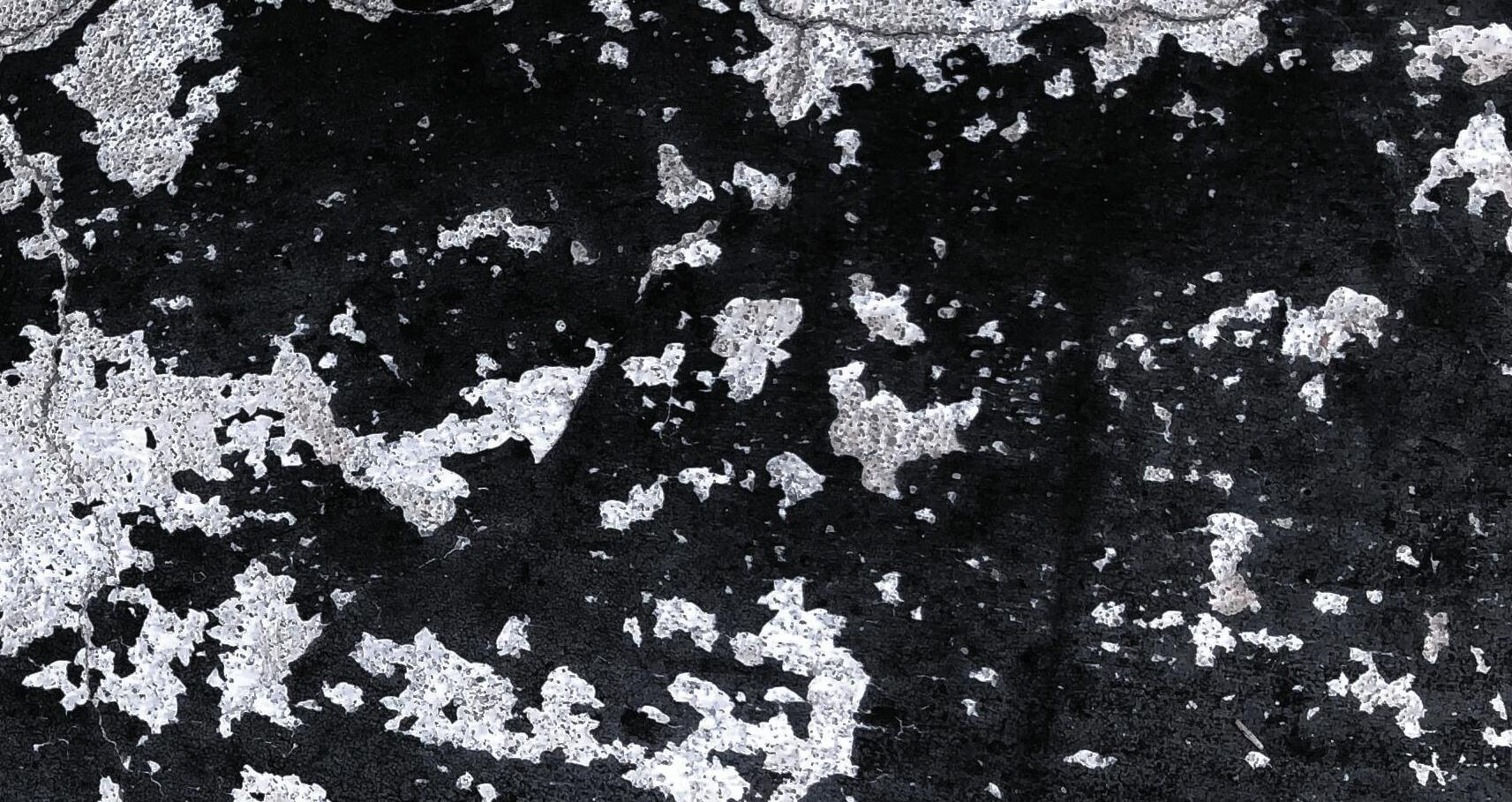
“Gaza is hell,” 20-year-old Ahmad told me in Shejaiya, one of the worst-hit neighborhoods in Gaza City. He and his 19-year-old brother were picking over the leftovers of their home. Sometimes they sell salvaged iron and rubble for recycling; other days they search for their old photos, papers, and clothes. “Gazans have Israel on one side, Hamas on the other, and here we are just eating shit,” he said. “People are only living because they are not dying. If death was nicer, we’d go for it.” …
Israel initially responded to Oct. 7 with a sustained bombardment of Gaza ahead of a ground invasion that began on Oct. 28. The situation is a humanitarian crisis. On Oct. 26, executive director of UNICEF, Catherine Russell, wrote:
War not only kills people; it kills possibility, slamming the door shut on what might have been. Children who have lost their lives will not grow up to be the people their communities needed them to become.
Children who survive could see their lives irrevocably altered through repeated exposure to traumatic events. Violence and upheaval can induce toxic stress, which can interfere with physical and cognitive development and cause mental-health problems in both the short and long term. Even before this latest escalation, more than 816,000 children in Gaza — three-quarters of its entire child population — were identified as needing mental-health and psychosocial support …
George Washington University’s Students for Justice in Palestine joined the swell of extremists who reject the Geneva Conventions on noncombatants. “Decolonization is not a metaphor,” the group stated. “It is not an abstract theory to be discussed and debated in classrooms and papers. It is a tangible, material event in which the colonized rise up against the colonizer … We reject the distinction between ‘civilian’ and ‘militant.’ We reject the distinction between ‘settler’ and ‘soldier.’ Every Palestinian is a civilian even if they hold arms. A settler is an aggressor, a soldier, and an occupier even if they are lounging on our occupied beaches.”...
The American author and neuroscientist Sam Harris warns of what he refers to as “The Sin of Moral Equivalence:”

Jihadists use their own people as human shields routinely. Hamas fires rockets from hospitals and mosques and schools and other sites calculated to create carnage if the Israelis return fire. There were cases in the war in Iraq where jihadists literally rested the barrels of their guns on the shoulders of children. They blew up crowds of their own children in order to kill US soldiers who were passing out candy to them. Conversely, the Israeli army routinely warns people to evacuate buildings before it bombs them…
VOL. 31 // ISSUE 14/15 WEDNESDAY, NOVEMBER 8TH, 2023 15
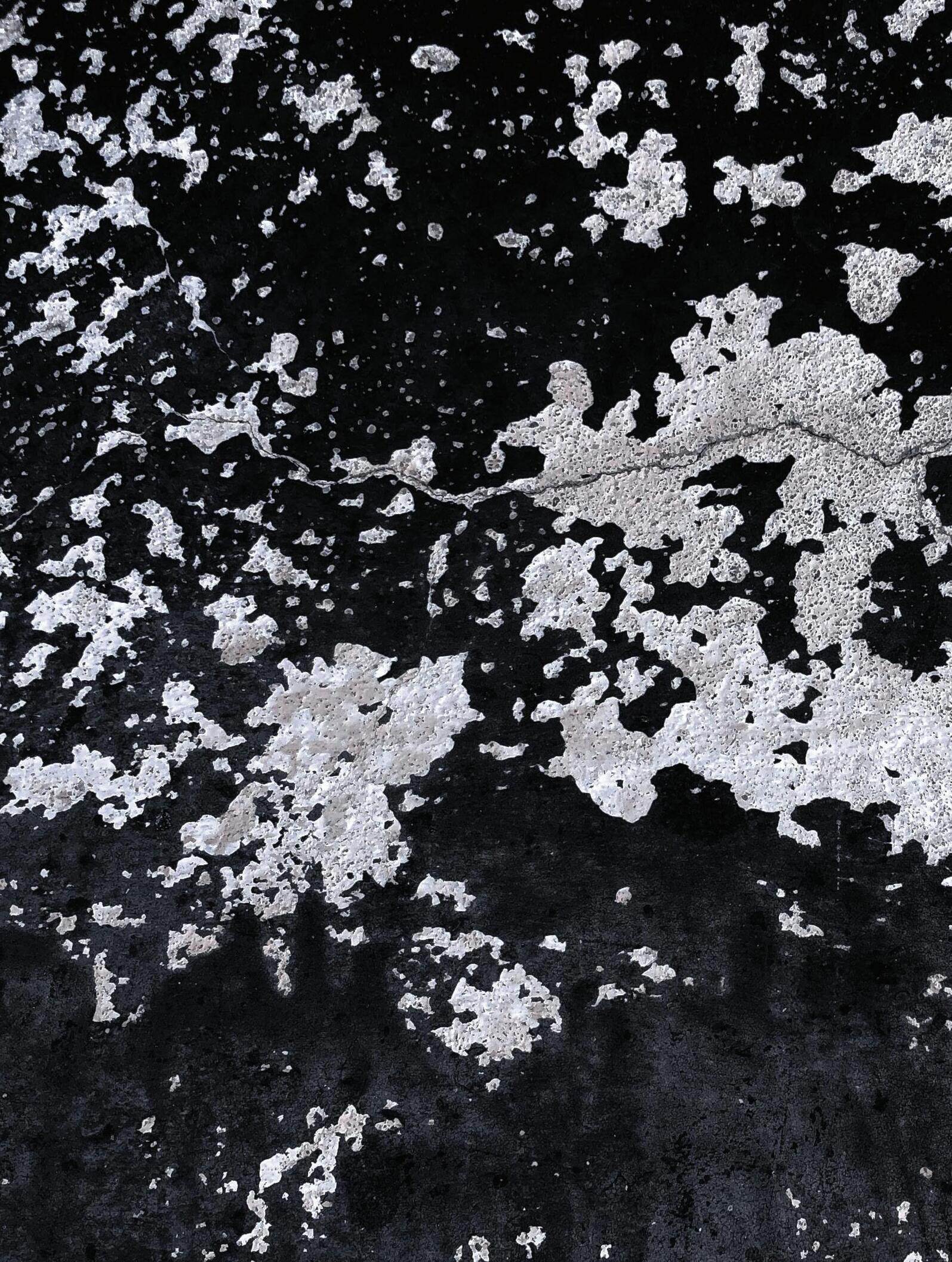
Imagine the Jews of Israel using their own women and children as human shields. And then imagine how Hamas, or Hezbollah, or alQaeda, or ISIS, or any other jihadist group would respond. The image you should now have in your mind is a masterpiece of moral surrealism. It is preposterous. It is a Monty Python sketch where all the Jews die …
Michael Ignatieff, the former leader of the Liberal Party of Canada, wrote to The Atlantic, arguing the importance of holding to the Geneva Conventions, even when your enemies do not:
The Geneva Conventions are law made for hell, the work of Swiss and European lawyers who’d watched the worst that human beings had done in World War II. Their conventions — especially the fourth, on the protection of civilians — command combatants to observe the principle of distinction, which confines fighting to soldiers and keeps civilians out of it. That means keeping violence proportional to a military objective. And it prohibits starving civilians or depriving them of water; attacking hospitals or civilian medical workers; taking hostages; raping women; expelling populations from conquered territory; destroying homes, churches, synagogues, mosques, and schools without an overriding military purpose. To do any of these things is to commit a war crime …
A Palestinian may argue that Israel’s unjust blockade of Gaza and previous military actions, which give grounds for armed resistance, also justify the massacre of civilians at a music festival and in their homes and the taking of hostages. An Israeli may argue that Hamas’s atrocities in the October 7 attack justify the flattening of Gaza, despite the inevitable civilian deaths this entails. The Geneva Conventions say both positions are wrong. Nothing justifies the infliction of violence on noncombatants, neither a gruesome massacre in the desert nor the cruel confinement of civilians in Gaza …
Besides discrimination in targeting, the conventions demand proportionality, which requires Israelis to minimize collateral damage to hospitals, schools, and civilian infrastructure. But because Hamas is likely to co-locate its men and matériel near what the conventions call “protected” objects, the conventions do allow Israel to strike civilian targets — but only when there is no other way to achieve a necessary military objective.
Israel has allowed aid convoys into Gaza; it has warned civilians of impending air strikes and urged mass evacuation from combat zones. Despite these gestures of compliance, the watching world can see on their screens, every hour of the day, the flattened streets and houses, the rescue workers and ambulances, the bloodied civilians borne into overcrowded hospitals. What we do not know is the extent and degree to which Israel is successfully targeting Hamas military personnel and assets …
Diplomats, politicians, and military commanders around the world are urging Israel to be focused and strategic. General David Petraeus has warned that Gaza could become “Mogadishu on steroids.” Despite the high casualties in the dense and challenging urban combat of Gaza, calls for restraint persist. The logic is that Israel needs to offer a better alternative to Hamas: open up humanitarian corridors, evacuate civilians, ensure the availability of aid, and limit collateral damage. This is complicated by history. The Nakba is as fresh in the minds of the Gazans as the Holocaust is for the Israelis. Many fear that should they flee, they will never be allowed to return.
TRUST: A RARE COMMODITY
Since the attack on Oct. 7, violence outside Gaza has increased, and cases of antisemitism and Islamophobia are skyrocketing around the world. With so much distrust and animosity, it’s hard to envision a way out. We’ll leave off with Graeme Wood’s recent experience in the West Bank, as reported in The Atlantic on Oct. 25:
About five minutes later, a battered pickup intercepted me. I gave the driver a ***shalom, and watched him dig around the cab of the truck. I wondered if he was looking for a gun, and if he would shoot a guy who had just wished him peace.
In fact he produced a phone, from a door compartment that contained nothing else but a prayer book. He handed the phone to me, impatiently, and pointed at it. A woman’s voice came on. “Who are you? What are you doing here? What are you writing in your notebook?” I told her I was a journalist, and I wanted to meet the settlers and learn about their lives, and I had parked my car back by the Bedouin camp.
He talked with her for a few minutes, agitated, then put me back on. “He will drive you back to your car,” she said, with a note of genuine concern, not menace. “You should be so careful. The Palestinian people are very terrorist.” Then I got into her comrade’s truck, and he drove me back to the Palestinian community. (I could see from the look on his face that the lift was not a favor but a forced transfer in miniature: They wanted me gone).
Half a dozen Arab men came to the edge of the road to witness my arrival in a settler truck. When I stepped out, they eyed me carefully. I’m not sure they had ever seen someone who was not a settler emerge from a settler truck. When I got out, the settler drove off, spraying dirt and dust on us all.
I asked one of the men there if they recognized the guy who’d given me a lift. His answer contained the one word everyone at Wadi al-Siq, Israeli or Palestinian, seemed to know in English. “He is a fucking terrorist,” he said …
VOL. 31 // ISSUE 14/15 WEDNESDAY, NOVEMBER 8TH, 2023 16
Community Spotlight // Maan Farms’ Fall at the Farm
Strolling
with canines, satiating with sweet treats, and
VERONICA POWELL
The sound of leaves crunching under my boots and the many colours of fall made me feel warm and cosy at Maan Farms’ Fall at the Farm days. On Sept. 23, I attended their first designated “Dog Day'' of the season, where families brought their beloved pets for a day at the farm. I even saw a few canines strutting their stuff in cute and spooky costumes: an orange pumpkin, a flying bat, and a brave superhero.
Pining for a treat to satisfy my sweet autumn cravings, I couldn’t help but indulge in their signature Double Pumpkin Spice Cream and their Pumpkin Spice Mini Donuts. The fall flavour staples of cinnamon and allspice brought to mind giddy feelings of Thanksgiving and the warmth of the season. As well, they had delicious ready-made pumpkin pies, and their pumpkin spice wine appeared to be a seasonal favourite. For those wanting a break from everything pumpkin, they also offered samosas as well as assortments of jams and honey.
Included in my ticket to Fall at the Farm was access to the non-seasonal Barnyard Adventureland: a place where children ran amuck, played in the puddles and mud, and got scolded at by their parents. Guests of all ages enjoyed feeding the barnyard animals: pigs, ducks, goats, chickens, and even a donkey.
more!
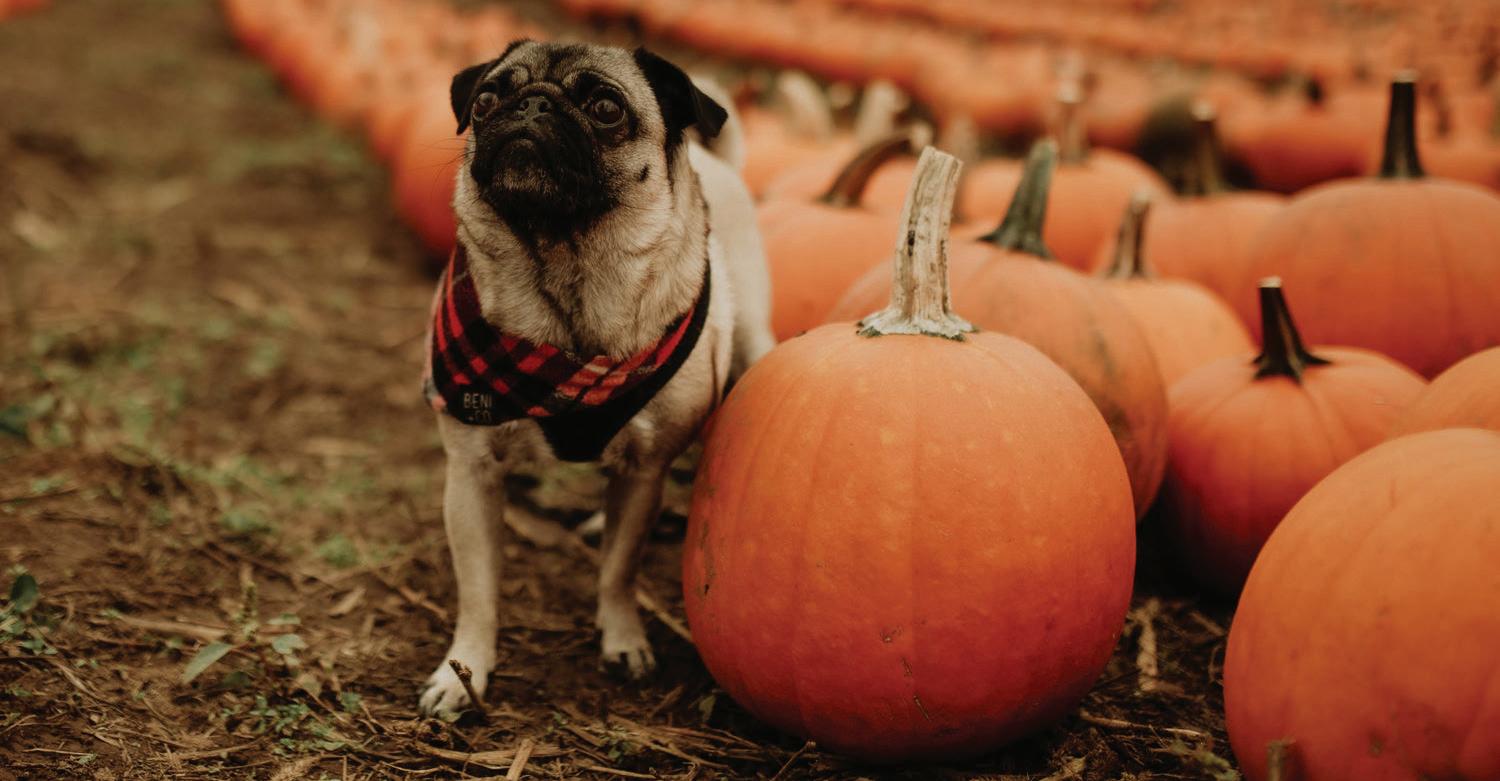
Still fiending for a bit more of that autumnal spirit, I decided to check out the marketplace, which offered some superb decor such as fall-themed door mats and throw pillows. I also visited the new Forest Pumpkin Patch to pick out the perfect gourd. Their white and orange pumpkins were a fitting shape and size for carving. The patch was a perfect place for eerie photos alongside some fantastic Halloween decorations: giant redeyed spiders, 12-foot tall pumpkin-headed skeletons, and cackling witches galore.
I sincerely hope that all those who attempted to solve Esme’s Enchanted Corn Maze remembered to wear their rain boots. It had multiple dead ends and its corn stalks were overbearingly high. The ominous rainy skies and muddy pathways definitely made me excited for Halloween.
Those itching for a spine-tingling Halloween experience needed only to look outside of Fall at the Farm to find “Agatha’s Witching Hour” waiting for them. I was too
frightened to brave the haunts of the maze, but extra courageous guests had the option to do these mazes in the evening, up until closing time at 6 p.m. On select nights in October, visitors had the option to choose from three different haunted paths: Slaughterhouse, The Way Down, and Homestead. I am definitely looking forward to coming back next year for some more tricks and treats.
Campus Fashion: Build a fall capsule wardrobe with me!
Timeless looks on a budget
RACHEL TAIT
With university in full swing and the weather having a mind of its own, stepping back into autumn in style can be a challenge. That’s why having a capsule wardrobe is beneficial and saves time when deciding what to wear. A capsule wardrobe is a collection of timeless pieces that are versatile, and are usually items that many people already own. Below is a list of the top ten classic items for fall that anyone can wear:
01. Crew neck T-shirts: A round neck T-shirt is a classic piece that flatters most figures and is a great layering piece worn underneath a heavier shirt during the fall or on its own during warmer weather. For the most versatility, owning a few white and black options in your closet is ideal. For more variety,
autumnal hues such as browns, reds and yellows are popular this season.
02. Denim jeans: Jeans are a cornerstone in a student’s wardrobe because they are comfortable, laid back, and can be dressed up or down, depending on the occasion. Having an assortment in darker shades such as indigo and black are great options for autumn and can be dressed up with a blazer or paired down with a hoodie for a more casual look.
03. A belt: wearing a simple brown or black belt can add waves to an outfit and comes in several options and styles that can suit everyone. Belts can help add a more put together look to an outfit without making it look busy or sloppy. Investing in a good quality belt doesn’t need to be expensive, and can be purchased from a local thrift store to be more sustainable both environmentally and financially.
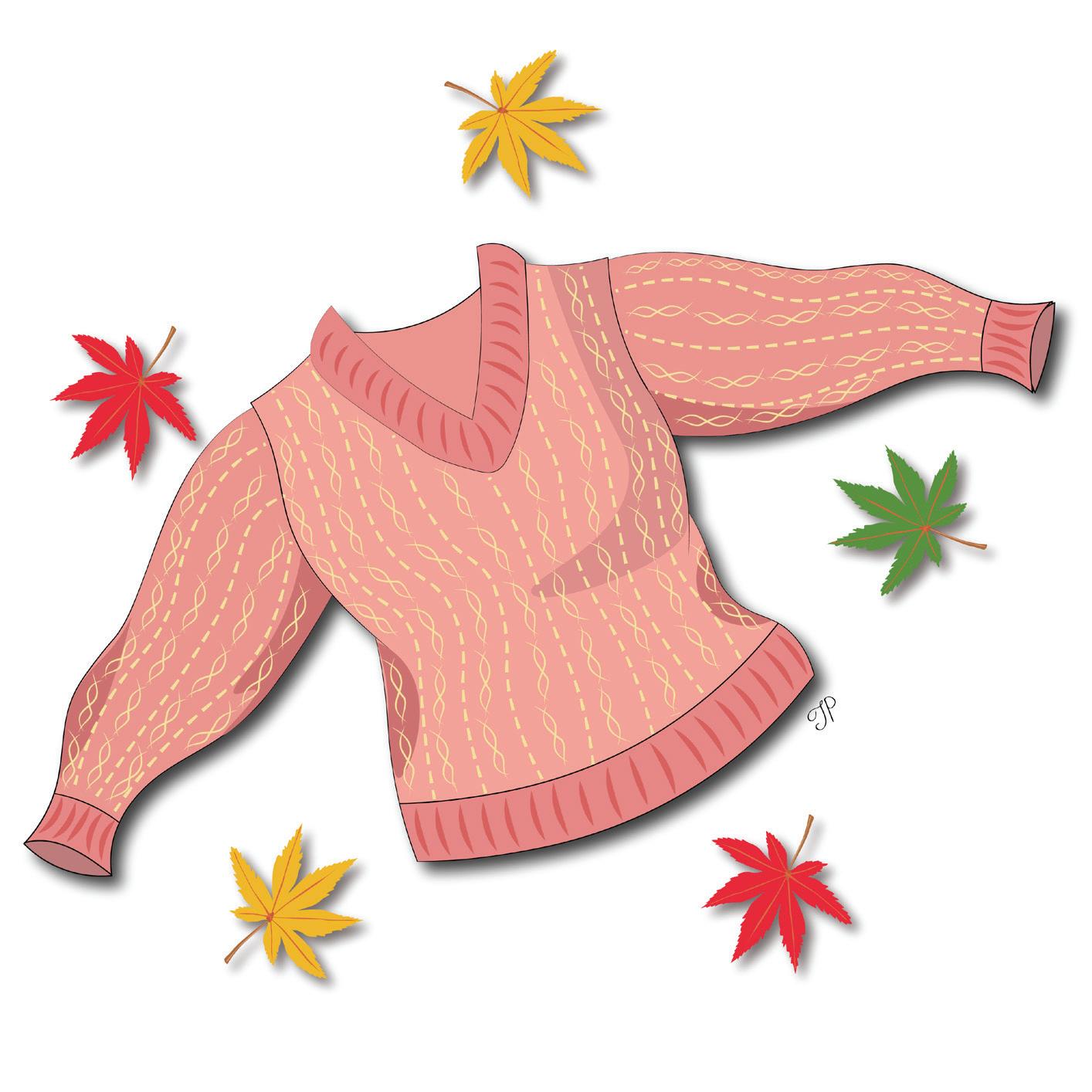
04. A sweater: A classic V-neck wool or faux-wool sweater is both a good layering piece and a smart alternative to a sweatshirt. This piece can come in several different patterns or solid colours and many people already have a few in their wardrobes. Wearing a sweater is a warm cozy option to keep out the cold, and it looks good layered underneath a coat. The most classic options — cashmere, cable knit, wool, and striped sweaters — can go with many outfits.
05. Button down shirts: A crisp button down shirt can dress up any outfit, and adds class to one’s style. A white button down shirt looks great under a blazer and jeans, a suit, or a V-neck sweater, and can be paired with khakis and loafers. Button downs come in many colours, including black, grey, light blue, and checkered. Flannel is a great choice of material for this season.
17 VOL. 31 // ISSUE 14/15 WEDNESDAY, NOVEMBER 8TH, 2023
Column //
Photography by Veronica Powell
culture@ufvcascade.ca
CULTURE CONTINUED ON PAGE 18
Culture Editor - Jayden Talvio
CULTURE
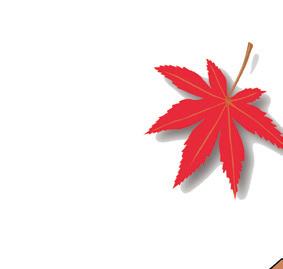
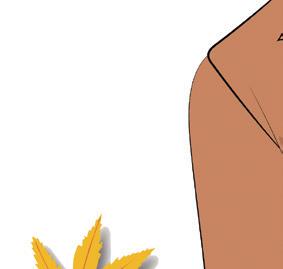
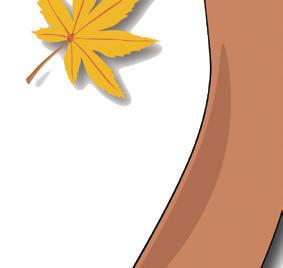
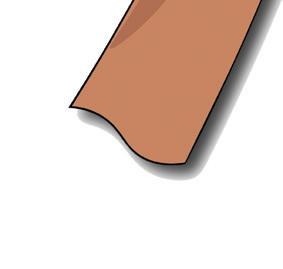
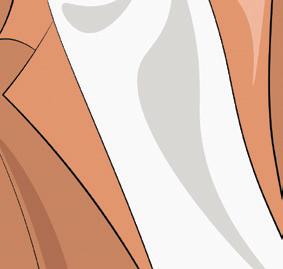
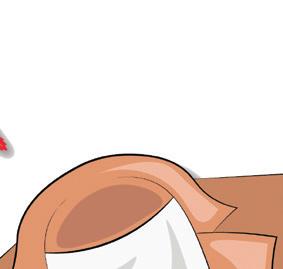
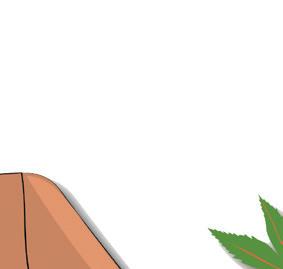


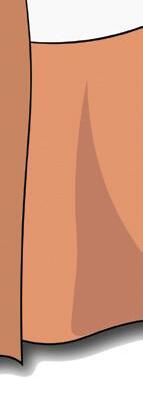
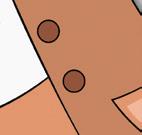

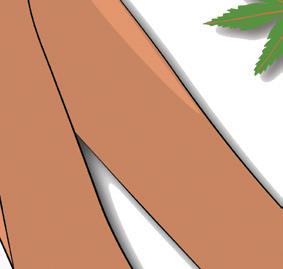

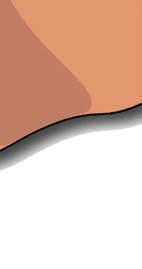
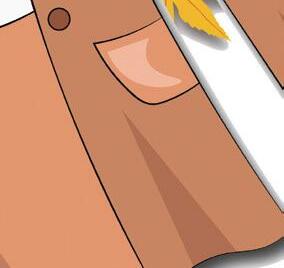
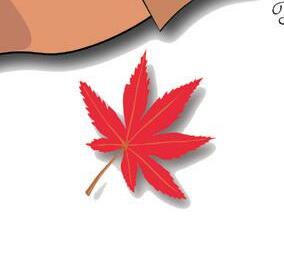


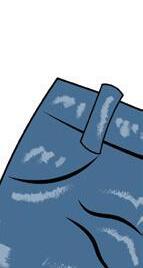

CONTINUED FROM PAGE 17


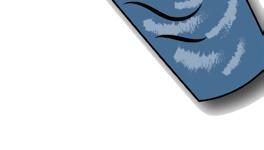
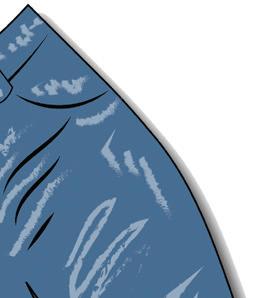


06. A blazer: Even if suits are not a regular part of your day-to-day wear, owning a blazer that fits very well can help dress up an outfit during an interview or a presentation. Wearing a blazer with jeans and a light sweater or a button down shirt is another good layering idea for the fall. It is another capsule piece that helps to create versatility in your wardrobe without breaking the bank.
to your look without trying too hard. Blanket scarves are a popular style this autumn and are thick and cozy for the cool weather.





07. Vests: A suit vest is a popular style in the fall and can also be a perfect layering piece. Other types of vests can help you stay warm and comfortable through the transitional weather in autumn and add style to your wardrobe. A down-filled vest is great for keeping out the wind and a knit version is warm and cozy to wear inside.
09. A classic coat: having a versatile classic coat like a trench coat is one that you can wear with both dressy and casual outfits that can be worn most of the year. As the cold weather settles in, wearing a wool or faux-wool coat are warmer alternatives that also go with a multitude of outfits.
10. Cardigans: A cardigan is another cozy warm style that many people have in their wardrobes. They are perfect for layering and can be used as a substitute for a coat, worn on top of a shirt, and under a blazer. Cardigans come in a variety of hues, styles and shapes that do not go out of style.


08. Scarves: a cosy, warm scarf in a solid colour or a nice pattern can help keep out the chill and is a great item that everyone has in their closet. Having a scarf in a nice bright or fall colour can help spruce up a plain outfit, and can add dimension
A conversation with Lorna Crozier
As the fall semester continues, check your closet to see what items you have to help create a capsule wardrobe and look put together on campus!
The celebrated Canadian poet chats about love and loss, cats, and her latest book After That.
MATTHEW IDDON
Lorna Crozier is an award-winning Canadian poet and author. Her books have received widespread acclaim and multiple awards, including the Governor General’s Award for Poetry, and the George Woodcock Lifetime Achievement Award. She has performed for Queen Elizabeth II, and is an Officer of the Order of Canada. I recently had the pleasure of interviewing her for The Cascade.
My conversation with Lorna Crozier took place on a grey, rain-soaked Monday morning. As she joined the video conference from her home on Vancouver Island, I asked her if she preferred rain to sunshine.
“I used to be a sunny day person because I grew up in southwest Saskatchewan,” she told me. “And when my husband, Patrick Lane, and I first moved here, if it wasn't sunny, I would feel depressed. It took me about, I would say, maybe ten years to finally become coastal. And now I like a misty grey morning. I like it when the sun isn’t blaring down and turning us to ash.”
Raincouver weather aside, I wondered which of her lifetime achievements made her most proud. Her status as an Officer of the Order of Canada? Performing poetry for the Queen?
“I suppose my proudest achievement is not the awards, but that I've continued to be a poet for so many decades, when it's not the easiest thing to do. It's a passion and an art form that doesn't give you much of a financial recompense. So you have to do it
for other reasons. It defies the marketplace. It resists capitalism.”
Crozier’s poetry, intricately composed, often focuses on the raw beauty of nature. Her hope is that the sublimity of the natural world isn’t being lost on today’s youth: “We've got to do something to open our eyes, and reacquaint ourselves with the beauty of this small blue planet and the small life that we have here.” In her own life, she’s resolved to “not take it for granted and do everything I can to make sure that there's something to pass on to another generation.”
As we teetered between the topics of life and death, I wanted to ask her about the latter; another one of her frequent muses. Specifically, whether society is still squeamish whenever art delves into the topic of death. “I think we've always been afraid of it,” she offered. “Discussion about one's significant other dying and one's own death doesn't come up very often in normal households, either in the kitchen or the bedroom or the veranda. Human beings are in great denial about our mortality.
“Maybe one of the reasons why people don't read a lot of poetry is because poetry always goes to those places. It doesn't just skitter on the surface, like a water bug, you know, it goes down like an otter and gets the mud from the bottom of the pond, and brings it up and says, ‘Look at this mud, this is who we all are, this is what we are.’ And, most people perhaps don't want to hear that; they're more comfortable pretending that sorrow isn't going to happen; that their loved one is not going to die; that all their
children will end up having wonderful and easy lives… So maybe it is the task of poets to sort of nudge us, and say, ‘Hey, you have to face this, you have to live this.’And maybe my poem will help you understand it on a deeper level. And it might even help you live it when you get into those circumstances.”
Crozier’s husband, Patrick Lane, passed away in 2019. His memory informed the creation of her two latest books: Through The Garden, and After That. “I was amazed that words could express the ineffable sorrow that I was feeling. I couldn't have said it to a best friend, I couldn't say how I really felt, but I could say it in poetry. And that renewed my faith in art and in the art form, and I've renewed my faith in how important art is to the human spirit.”
Apart from writing, there was also someone in her life that helped her to keep going: her cat, Po Chü-i, named after the Chinese poet.
“She's been very important these last four and a half years… I've had to feed her. I've had to find her. I've had to cuddle her when she wants to be cuddled. An animal spirit can keep your own spirit alive when you just want to lie down and expire.”
Reminded of the morning’s news of a deteriorating situation in the Middle East, I wanted to know how poetry could serve as catharsis during such dark times. In response, she shared one of her favourite poems, which is a haiku by Kobayashi Issa:
“Deer licking / First frost / From each other’s coats.”
“That makes me feel so in love with the

world and with the universe, and it makes my heart just swell,” she said.
“And for those little three lines, if they can do that, you know — they're not going to bring peace to the Middle East — but they might make our hearts bigger and warmer. They might make us more capable of feeling and empathy. And that's a pretty big achievement.”
This interview has been edited for length. You can read the full conversation at ufvcascade.ca
18 VOL. 31 // ISSUE 14/15 WEDNESDAY, NOVEMBER 8TH, 2023
Illustrations by Iryna Presley
Q&A //
Photography by Simon Fraser University - University Communications
Community Spotlight // Stormy’s Food Truck: healthy and inclusive
Providing convenient options for students with diverse dietary needs.
VERONICA POWELL
Come one, come all, because Stormy’s Food Truck has it all! Located at Vedder Park in Chilliwack and conveniently only a few minutes from UFV’s Chilliwack campus, this food truck is a whole food, plant-based, vegan, and gluten-free smoothie and bowl bar. I had the pleasure of speaking with Stormy Johansen, the owner of Stormy’s Food Truck, about her business. Along with her food options containing “no animal products [and] no oil,” it boasts “minimal refined sugar” as well.
Stormy’s has a wide variety of smoothie flavors, and each one is topped with fresh fruit and a sprinkle of their “Rawnola.” Johansen described Rawnola as “chewy like an energy ball, but broken up like granola. We wanted to put something on it that was so good for you, you could eat [it] every day.” The best part about Stormy’s is that they have joined the Student Perks program at UFV, so students can enjoy a discount when they visit. “Monday to Friday, students can
get 10 per cent off of everything except our Rawnola,” she said.
Earlier this year, Stormy’s opened up their very first storefront in PickEco Refills, a zero-waste grocery store in Chilliwack. They’ve officially expanded, and with that comes more products. Exclusive to their storefront location, they’ve added rice bowls and bagels to their menu. Stormy said, “I’ve had a lot of people that are long-time vegans … come in and they’re like, ‘Wow, it’s so nice to finally have somewhere where I can just come and eat all the time.’” However, her clientele consists of vegans and nonvegans alike, which she appreciates. “They get a plant-based meal instead of eating whatever else they would normally eat,” she said. “That’s kind of what we wanna do, we wanna make people feel happy eating food that’s good for them and also tastes good.”
I got the scoop on how Stormy’s began. “Seven or eight years ago I went plant-based and I didn’t know how to cook anything, so in the beginning I started making smoothie bowls. I became obsessed with eating [them]
for every meal, because they’re so easy and they’re so good, and if you’re craving something sweet you can have a smoothie bowl instead of chocolate ice cream or something like that.”
Johansen also spoke about what her initial business goal was. She wanted to “show people that plant-based eating can be good for you, tasty, and fun.” She noticed that Chilliwack didn’t have a ton of restaurant options for their vegan customers and she “wanted to be able to give people a healthy option in the community.”
Along with her desire to provide a healthy alternative for the local community, Stormy’s aim is “to make people happy.” In terms of what the future holds, Johansen said that Stormy’s will hopefully be doing more events in Abbotsford.
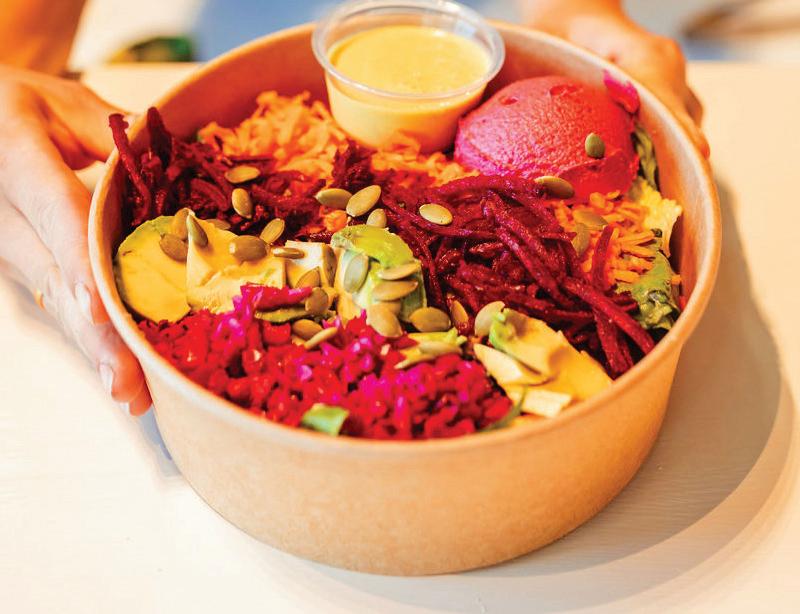
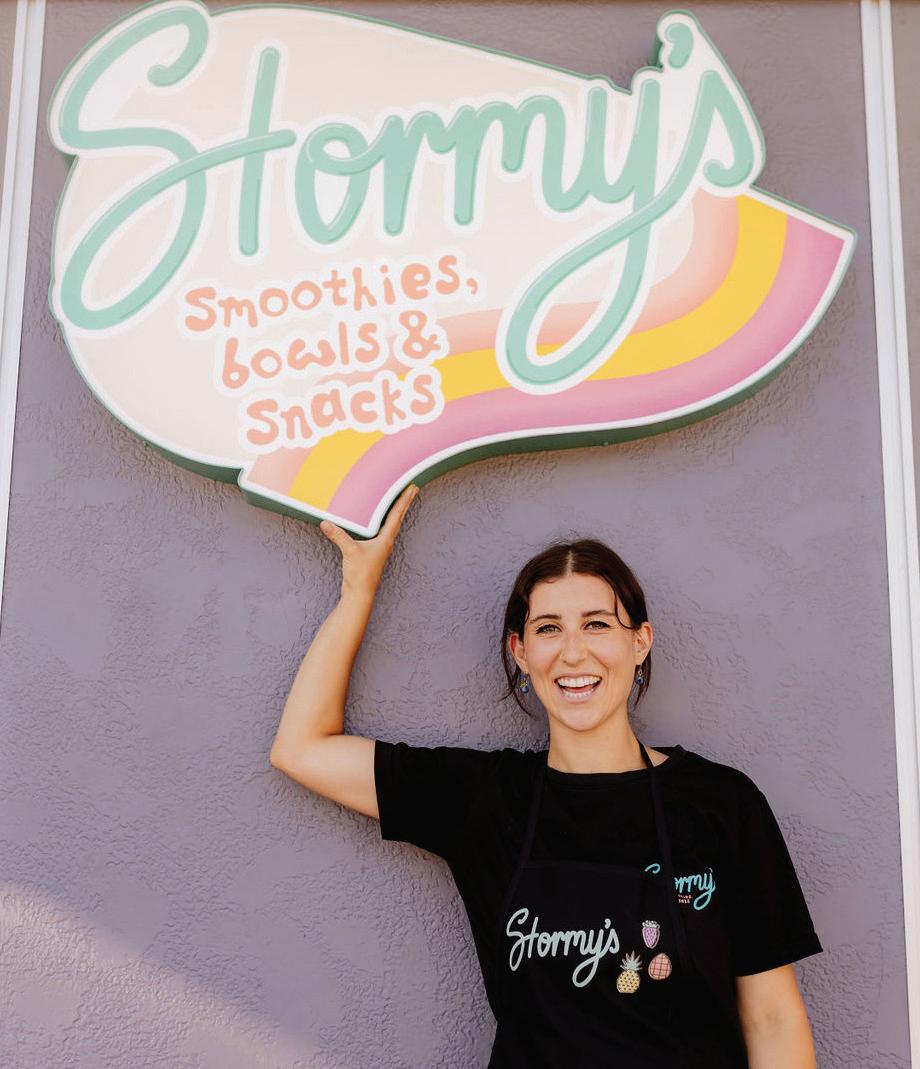
Event Coverage //
Swifties flock together for listening party
An event featuring great music, scrumptious snacks, and a friendly atmosphere.
JAYDEN PETER
Despite the excitement among the crowd, there was also a laid-back ambience at the 1989 (Taylor’s Version) Listening Party. The event, in celebration of Taylor Swift’s re-release of her 2014 album 1989, was a complete success. Nearly all attendees were dressed to the nines in outfits designed to invoke their favourite Taylor Swift era.
On Oct. 27, UFV’s Pride Collective and Student Experience Office teamed up to hold this free-to-attend event, open to all UFV students and staff. This event took place on the day the new album dropped, which was interestingly “nine years to the day” that the original 1989 album released. Ray Kelly, Pride Collective president and head organizer for the event, stated that the purpose of Pride Collective events like this one is “to provide inclusive spaces for our community and allies.” According to Kelly, events like these are “a really great chance to meet other queer folks.”
Kelly discussed the value these events
bring to the UFV community, and how heartening it is to hear positive feedback. “I know in the Fraser Valley, it's difficult for a lot of queer people to meet one another,” said Kelly. Seeing people getting together and making new connections is a great reason to keep these events going.
As the album streamed, people grabbed food and drinks and participated in various fun activities. There was a station to craft friendship bracelets, with each different coloured bead meant to represent a different Taylor Swift era, or album. For example, the red beads represented the album Red. There was also a separate station on the floor for those who didn’t want to use colour coded beads and opted instead to use lettered ones. Those who weren’t up for making bracelets had the option to check out the paper station. Supplied with colourful paper cut into small squares, guests could scan a QR code to learn how to make paper rings, inspired by the song from her 2019 album, Lover. There was also a bin of markers and a pile of paper so attendees could draw instead if they chose. Another highlight was the Polaroid-inspired
frames that attendees could use as props to take photos of their Swift-themed outfits. Along with that, there were several bins of snacks and juice boxes for those who wanted them.
In terms of the Pride Collective’s plans for the future, Kelly said they’re “talking about doing more listening events, revolving around queer artists. We don't have an exact time frame on it, but that's something we've been talking about. And if Taylor
Swift does release anything else, I will be on that.”
The Pride Collective will continue to put on more events throughout the year. They have already started their monthly movie nights, with the next one being Barbie, taking place sometime in November, as well as a drag show happening in the same month. Kelly also let us know that “you can look forward to Queer Prom sometime in April.”

19 VOL. 31 // ISSUE 14/15 WEDNESDAY, NOVEMBER 8TH, 2023 CULTURE
Photography by Ray & Maranda (2023) UFVPC & Student experience office
Photography by Anna Hurley (2023) annahurleyphotography.com
arts@ufvcascade.ca
Arts Editor —Gianna Dinwoodie
Music // Fiddlehead are evergreen on Death Is Nothing To Us
Exceptional melody and energy decorate the band’s third record
GABE MARTYN
Death Is Nothing To Us is the highly anticipated third album from Fiddlehead, the supergroup formed by members of Basement, Stand Off, and the seminal hardcore band Have Heart. Fiddlehead’s previous two records have been nothing short of fantastic, and clearly a cathartic exercise for singer (and high school history teacher) Pat Flynn as he discusses themes of parental loss, becoming a father, and falling in love. Death is Nothing To Us closes out the trilogy by leaning the furthest into the themes of grief present on all their records, expressing a humble realization that grief doesn’t always go away.
Their previous album, Between The Richness, could be compared to springtime; it’s a record that depicts flowers and how they bloom in life, describing how far Flynn has come from the loss of his father through the birth of his child. Many of the lyrics read like they were written to be discovered by his kid many years later, something akin to a journal of fatherly advice on how to live a good life. Meanwhile, this album trades springtime for the other season of transition, fall. Autumnal cold seeps in as you remember the leaves must fall again. Here, Flynn remembers that despite all the new beginnings in his life, death still lurks around the corner.
Video Games //
However, that doesn’t mean Flynn is giving up — most of the lyrical themes on this record are about overcoming struggles. This is a big surprise from the frontman of one of the biggest hardcore bands of all time. Where there would be aggression, Flynn trades it for sentimentality. On “Fiddleheads,” a favourite track of mine, Flynn laments how the world simply asks us to “get by and die” rather than allowing us to express ourselves.
Learning to cope with grief and accepting that life is unfair is a central theme, but thanks to Flynn’s background as a history teacher it rarely comes across as angsty. He rejects
the way life wears us down and discourages us from letting things mean something. His lyrical style is exceptionally unique, feeling more akin to prose that draws the listener into his perspective on the world. You can hear just how much there is in Flynn’s life that influences and inspires him: references to authors, musicians, and his two children, are everywhere on Death Is Nothing To Us Flynn is inspired to live life, and he wants you to be inspired too.
Instrumentally, Fiddlehead continues to shine. Every song feels immaculately composed, interweaving guitar and bass
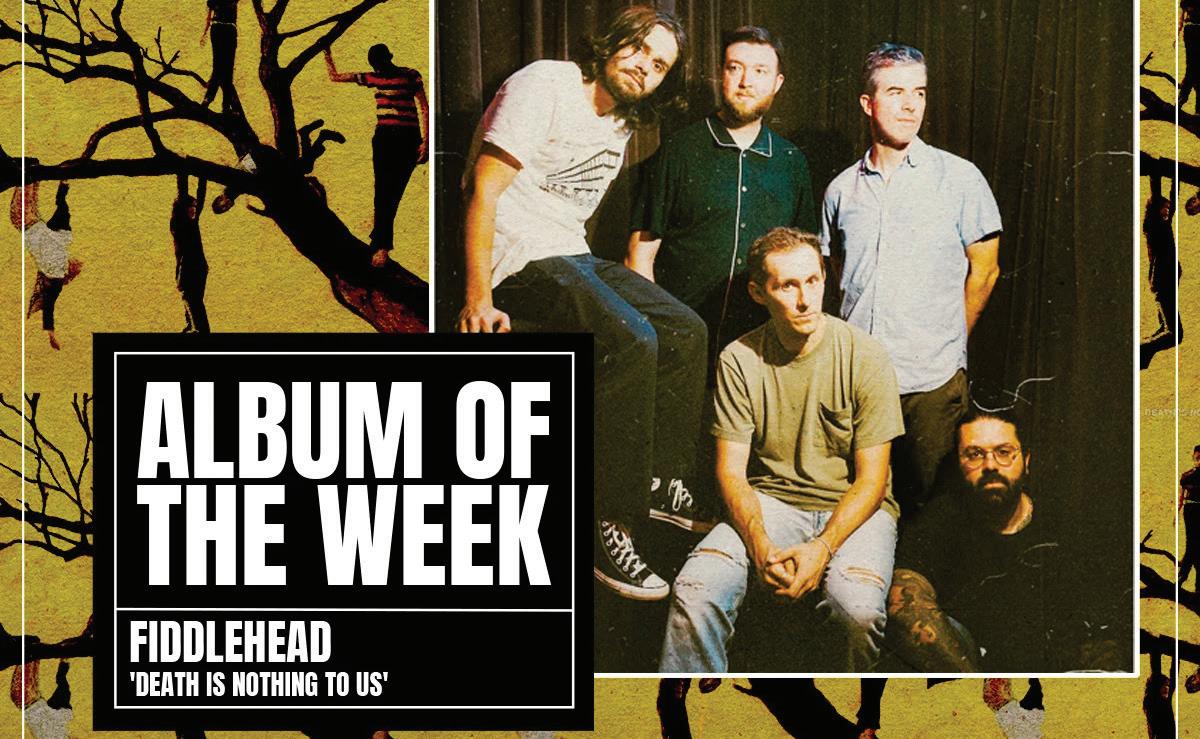
lines to create brilliant moments of harmony that perfectly contrast Flynn’s vocals. At times, the instrumentals seem to know that they are the main melody to the song, and vocals often take a backseat to their glittering heights. Tracks like “Sleepyhead” are perfect examples of this. Flynn is never overbearing with his vocals and lets the instruments shine for themselves. All of this is held together by the excellent drumming, which seems to know exactly what every song needs in order to shine.
If I had to pick just one track, it would have to be “True Hardcore (II)” featuring Justice Tripp of Trapped Under Ice and Angel Du$t fame. A sequel to a song they didn’t write, “True Hardcore” by Sebadoh, “True Hardcore (II)” is a love letter to the uniting desire for self-expression that draws people to the genre of hardcore. Justice’s lyric, “too true for you,” comes in during the chorus, boosting the energy on an already anthemic track by encouraging authentic self-expression without regret. As the song ends, Flynn beckons to the listener: “Not a damn thing, to the ‘evil-fake’ / We, the evergreen, we owe you nothing.” Autumn brings a lot of change — summer’s end is always premature and the leaves start to die off as the cold drifts in. However, the evergreens won’t be changed, and not even grief can take away their colour.
ALLANA QUIGLEY
Warhammer 40,000 is an expansive franchise. Originating as a tabletop miniature wargame in the ʼ80s, it’s one that I have always been curious about, but have never quite known where or how to get into. As somebody that enjoys painting miniatures for other games like Dungeons & Dragons, the detail on those little space marines brings me incredible joy whenever I get to see them in action. So as someone going in totally blind, let’s see how Darktide, the franchise’s latest video game, treats us.
Right off the bat, this game looks lovely! The aesthetic is dark, industrial, and dirty, with religious undertones and heavily mechanized structures. The art style isn’t hyperrealistic, but is still incredibly detailed. It’s almost a shame that during gameplay you’re
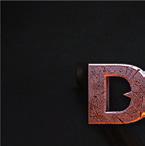



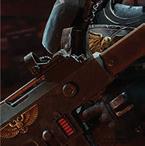
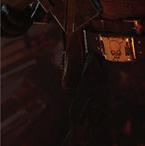

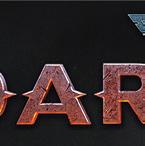
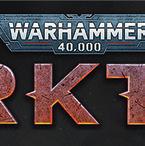



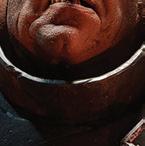

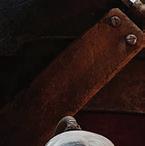


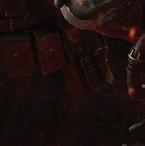

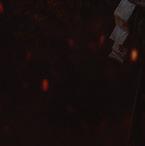
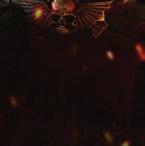
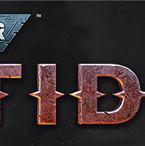
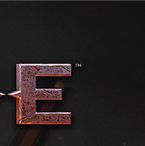


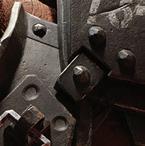

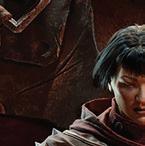







encouraged to blast through the environments so quickly. Luckily, every once in a while the cinematics will feature a slow motion sequence which really grabbed my attention. I think my favourite thing about the environmental ambiance here is the music. Most of it consists of synths, drums, and choir-esque singing.
Warhammer 40,000: Darktide is an online first-person shooter. You’re thrust into missions consisting of four-player strike teams. You can choose between starting a mission from the beginning, or jumping into “quickplay” to fill out existing games that other players have left. If I wasn’t trying to get a grasp on the universe, I feel I would probably use quickplay more often. If you’re just starting out and happen to join a mission with some higher-level friends, you won’t
feel completely useless because the enemies scale to the player. High-level players will get higher level enemies, and the enemies for the low level player will be scaled appropriately. Difficulty can be changed for the mission as well, placing a minimum level on joining a harder mission and giving you more enemies to fight in general.
As somebody that’s completely new to the series, I would appreciate a single-player campaign in this style, so I can just take my time and enjoy the lore a bit more. I like to get invested in stories and characters, but this is not that type of game. It focuses on putting gameplay first, which I admit is incredibly satisfying. The melee weapons feel punchy, and on occasion you’ll get to see a head or a limb fly off. Regular, individual enemies
20 VOL. 31 // ISSUE 14/15 WEDNESDAY, NOVEMBER 8TH, 2023
Photography by Pooneh Ghana (2023)
New to Warhammer 40,000? Perhaps Darktide could be for you.
Is the new video game an easy entry point for new fans? Let’s find out.
CONTINUED ON PAGE 21
ARTS
CONTINUED FROM PAGE 20 are easy to take down, but not too easy. The difficulty came from the number of enemies you have to deal with. They come out in hoards and can be overwhelming, but I appreciated the challenge, and never found myself too frustrated.
Overall, I could see Warhammer fans and fans of first-person shooters enjoying Darktide much more than I did. It’s fun, but I feel the Warhammer aesthetic was mostly just a coat of paint for Darktide. I’ll likely find myself returning eventually, but preferably with friends.
Streaming //
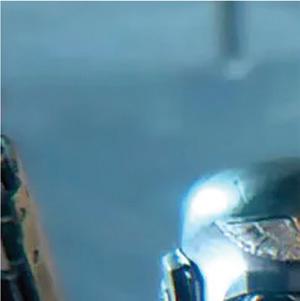
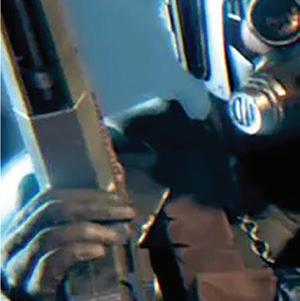


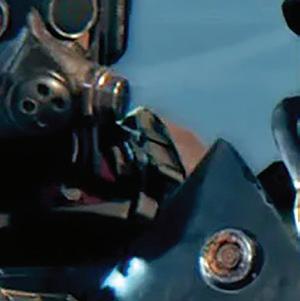
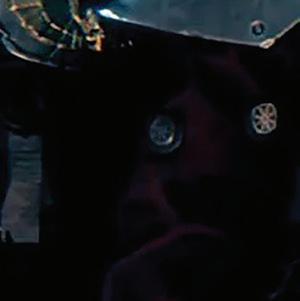

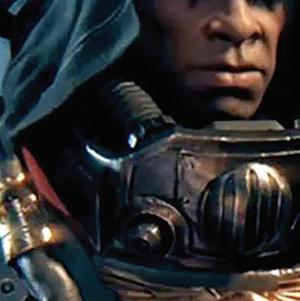

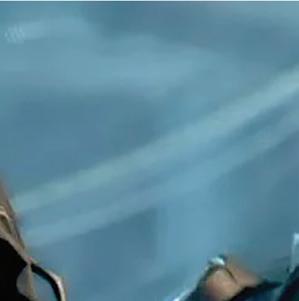


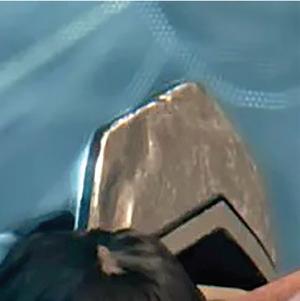

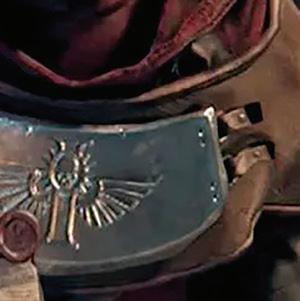



The richer they are, the harder they Fall
The Fall of the
House of Usher is the ultimate billionaire revenge fantasy
MATTHEW IDDON
I’ll admit, I wasn’t convinced that Mike Flanagan could scare me when I first discovered his work a few years ago. His home invasion flick Hush bored me to death, and his Stephen King-approved Shining sequel, Doctor Sleep was “meh” at best. It wasn’t until I started binge-watching his Netflix shows that I realised how wrong I was. Not only is Flanagan an incredible writer with an intimate understanding of the horror genre, he has since created three Netflix series which I now consider to be stone-cold Halloween classics: The Haunting of Hill House, The Haunting of Bly Manor, and Midnight Mass After this October, I may just have to add Flanagan’s latest work, The Fall of The House of Usher, to that list.
We follow billionaire Roderick Usher and his six doomed children: Frederick, Tamarlane, Victorine, Napoleon, Camille, and Prospero. Connected only by their association with their father’s pharmaceutical empire, there is no love lost when the Usher children start dying horribly, one by one. Meanwhile, Roderick and his sister Madeline, already facing a federal lawsuit, descend into madness as a ghost from their past begins stalking them. Calling the Usher children “doomed” isn’t a spoiler by the way — each episode focuses on a particular family member, and foreshadows their gruesome death with audio and visual clues — but that doesn’t make the show any less tense. In fact it enhances the experience, drip-feeding you just enough information to keep you on the edge of your seat until the brutal climax. (The ending of episode two is particularly disgusting.)
The show’s focus on narcissistic elites is certainly timely. While the slashers of the prudish 1980s mainly enjoyed killing promiscuous teenagers, audiences nowadays seem to have a thirst for billionaire blood. As the wealth gap only increases between the upper crust of society and the rest of the












world, recent movies like The Menu, and Ready Or Not, are examples of what I consider to be an emerging genre: the billionaire revenge fantasy flick. House of Usher might be the most explicit example to date. Unlike your typical slasher story, there is no killer in a mask here. Despite repeated warnings in each episode, the Ushers shamelessly sell their souls for short-term gratification, and wind up reaping the consequences. I was reminded of the OceanGate disaster earlier this year, when a billionaire CEO sealed his fate — and the fate of his four passengers who paid $250,000 for a trip to the abyss in a rickety submarine. House of Usher perfectly bottles the emotions felt by most of the world watching that spectacle: horror, disgust, and righteous anger at the sheer arrogance that wealth brings.
House of Usher’s visual aesthetic pays homage to the author of its namesake: The Fall of the House of Usher by Edgar Allen Poe. Much like how Hill House borrowed select elements from the Shirley Jackson novel of the same name, House of Usher remixes familiar tales in a modern context; rather than a pure adaptation, Poe’s work serves as the show’s muse. Episode titles like












“Masque of the Red Death” and “The Raven” are the most obvious examples of this, but there are plenty of little references scattered throughout the story to watch out for. I’m not very well-versed when it comes to Poe, but I’m always a sucker for gothic horror, and this show scratches that itch nicely.
If I had only one slight criticism of the show, it might be that Flanagan tends to write dialogue as if he’s writing for the stage. Characters are often given hefty monologues which can occasionally disrupt the show’s flow. While this does give his talented actors a chance to shine, these monologues can occasionally make an otherwise natural scene feel a bit preachy and robotic. While these monologues may stick out to first-time viewers, they’ve been a pretty consistent staple of Flanagan’s work ever since Hill House, and it’s better to just embrace them, in order to immerse yourself into the story that Flanagan is trying to weave. And hey, I’ll take authorly excess over boring, writer’s room, committee-approved drama anyday.
If you’re a fan of horror with a sociallyconscious edge, I highly recommend The Fall of the House of Usher, as well as Mike Flanagan’s other works. Just make sure you

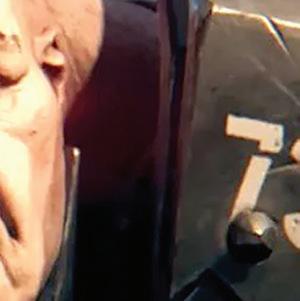
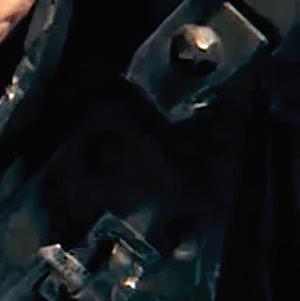









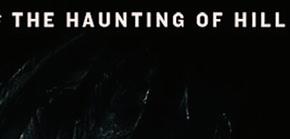


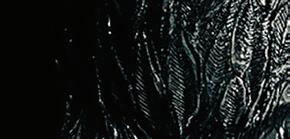





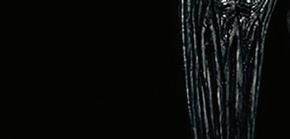



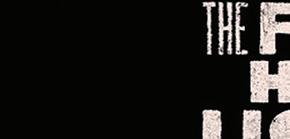
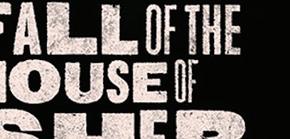
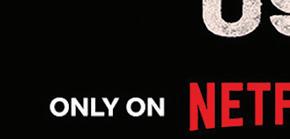
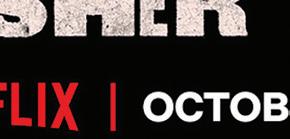




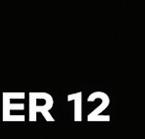
21 VOL. 31 // ISSUE 14/15 WEDNESDAY, NOVEMBER 8TH, 2023
ARTS
Photography by warhammer40k (2023)
by Eike Schroter/Netflix
Photography
eat breakfast before watching episode two. Seriously.
Music // Helluva Boss has a Helluva story
Have you ever thought that adult animation needs just a bit
JAYDEN PETER
Created by Vivienne Medrano (creator of the viral pilot Hazbin Hotel) and Brandon Rogers (comedian and winner of several Streamy awards), Helluva Boss is a comedic animated webseries that follows a group of imps in Hell working at an assassination startup called Immediate Murder Professionals (I.M.P.). Loud-mouthed Blitzø (the “ø” is silent) runs the company, and is accompanied by imp couple Millie and Moxxie, as well as his adopted daughter Loona, a hellhound. Their job is simple: the crew is commissioned by denizens of hell who want someone in the living world assassinated. They access the living world through a special grimoire Blitzø acquired (by sleeping with a demon prince named Stolas). While staples of adult animation like raunchy jokes and blood are definitely there, the characters are what makes the show truly stand out.
Rather than focusing solely on low hanging fruit, like drugs, blood, and sex jokes like many other adult animated shows, the creators instead strive to create compelling story moments for the zany cast they’ve created. An episode that demonstrates this extremely well is the third episode of season one, “Spring Broken,” in which Blitzø runs
Music //






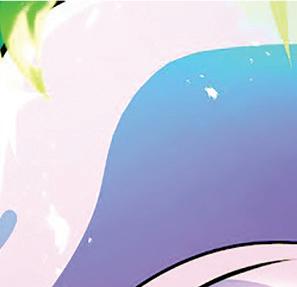


into his succubus ex-girlfriend, Verosika Mayday, after she steals his parking spot. This prompts Blitzø to make a bet with her: if Verosika can’t seduce as many people as I.M.P. can kill during spring break, they get their parking spot back. With a premise like that, you can bet there’s plenty of sex and murder, including a song called “Vacay to Bonetown” that is criminally catchy. However, there’s also an important story beat in the episode. During an argument with Blitzø, Loona reveals that he’d adopted her just as she was about to age out of the foster care system, declaring that she never,
more spice?
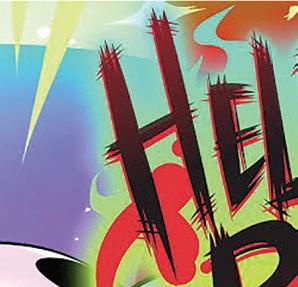
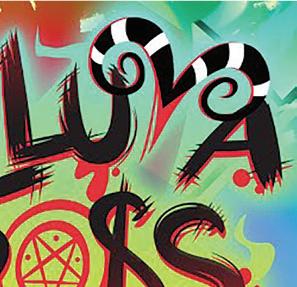

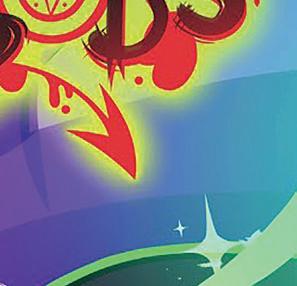
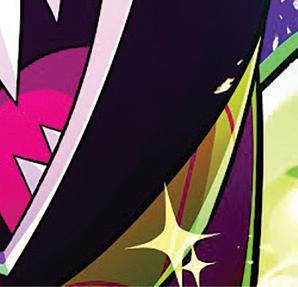

in fact, needed him. Though Blitzø seems to recover from this painful revelation fairly quickly, the fallout will have downstream consequences.
Helluva Boss makes a habit of keeping this balance, utilizing the setting and premise for the adult humour, but adding important pieces of foreshadowing and backstory that affect the plot. We see this in other episodes such as “Loo Loo Land,” “Truth Seekers,” and “Ozzie’s,” where both Blitzø and Stolas (and their relationship) get some much-needed development that carries into season two. “Loo Loo Land” explores
Desperate End is just beginning
The up-and-coming Vancouver punk band discusses the trials and tribulations of getting into the industry
GIANNA DINWOODIE
With a friend in tow, and armed with pirateesque directions (take two steps and swing a right by the gnarly looking tree), I searched for the unmarked door to the DIY venue where Vancouver’s latest punk rock group, Desperate End, was set to play. The completely black door looked seedy, and suddenly I was very nervous about what I had gotten myself into. However, when I entered the small but inviting room — adorned with Pride flags, fairy lights, and poster collages of past events — I realized I was wrong. Perhaps I was guilty of judging a book by its cover.
Prior to the show, I was directed to a dingy alleyway. It was apparently the “quietest” place to record the interview. I took in the sights as I waited: a shattered full-length mirror, a broken DVD of the Pixar movie Up, a random spare tire, upon which I rested my laptop. Vancouver certainly has its charms.
“I wanted to do this for a while,” said James Thornley-Hall, who previously “jumped in and out of a few bands,” but never connected with any of them. Thornley-Hall, who plays bass, put out a call for anyone interested in starting up what he called “a power violence project,” which is how he connected with Charlie Kratz. “I wanted an outlet for the kind of music I like,” said Kratz, the band’s guitarist and unofficial “band dad.” “That's part of why I wanted to get rolling with James [Thornley-Hall].”
I had met lead vocalist, Jacob Ainscough, by chance when I spotted his mullet in a crowd of film students at a party. “I started going to outdoor shows at Victory Square,” said Ainscough, but that he “wanted places to mosh.” In the crowd, he overheard someone mention the Bullet Farm, which led him to meet Thornley-Hall. Ainscough also introduced Salvodor Chavez to the group as the glue that holds the band together, “Chavez is the drummer. Keeps our time. Leads a lot of the jams.”




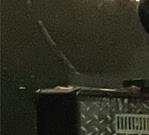







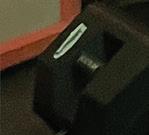


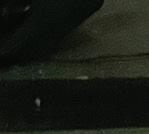
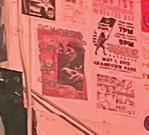





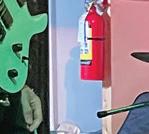
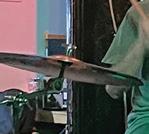
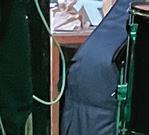


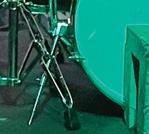


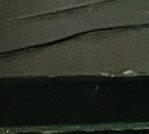

Stolas’ character apart from being attracted to Blitzø, and focuses on his love for his daughter. Meanwhile, a robotic version of one of Blitzø’s enemies catches fire with the rest of the park during an epic showdown, providing some foreshadowing for Blitzø’s dark past.
With each new episode, the audience learns something about each of the main characters that helps unravel why they are who they are. Though not every member of the cast is a good person (it is Hell, after all), each of them are complex, with great personal histories yet to be fully explored. And luckily, with Helluva Boss being an independent production, each story will likely be told in its entirety. Unlike streaming, there’s little fear of cancellation here.
Helluva Boss is for anyone willing to give adult animated shows a shot, or for those who want a genuinely unique plot. Horny, graphic, emotional, and deep, it’s a ray of light in the genre, featuring a well-rounded cast of zany characters who are sure to grow on you — but you don’t have to take my word for it. With the first one-and-a-half seasons free to watch on YouTube, there’s never been a better time to catch up on this dark comedy! See you in hell.




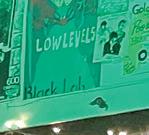
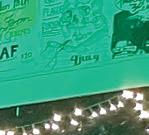













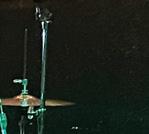


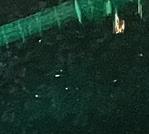








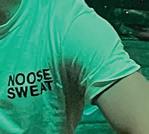

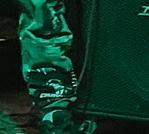
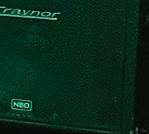



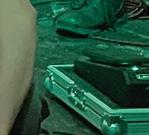



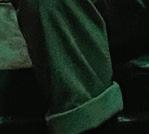





22 VOL. 31 // ISSUE 14/15 WEDNESDAY, NOVEMBER 8TH, 2023
ARTS
CONTINUED ON PAGE 23
Photography by Helluva Boss (2019) Vivienne Medrano
Photography by Gianna Dinwoodie
CONTINUED FROM PAGE 22
Ainscough described his intro to punk/ hardcore in a way that was extremely sentimental for a man I’d just seen screaming about the housing crisis: “I remember right when the first song was played,” he said, “and I was sucked into the vortex of the mosh pit. I knew that I wanted to be a part of this community for the rest of my life.”
As Kratz inspected a flat tire on the band’s black station wagon (very punk rock in my opinion), I asked Ainscough what he draws on for lyrical inspiration. “Sometimes it's about war. Sometimes it's about causes I care about. We're a hardcore band and those tend to be topics that resonate.” A hallmark of punk is its lack of structure and norms. Ainscough looks for inspiration in history and the dark corners of his mind, but sometimes some of his songs are about nothing in particular. “Drinks, beverages,” says Kratz from the background as he fiddles with a spare tire. “Interview first, tire second,” replies Ainscough… “What I sing about changes depending on how I'm feeling, what's on my mind, what's in my focus, especially during the jams.” The “jams” as Ainscough calls them, are what sets Desperate End apart from other punk bands in the industry “We don’t have to be a certain way. We can just be us... I don’t have to put a label on it — it's how we’re feeling.” Kratz elaborated, “People like a sense of authenticity.”
I was curious about how the band got its name. Kratz explained he was, “falling asleep one night and thinking back on past relationships … how you think about the end of relationships or the end of a person's life; sometimes that's the way it goes out, it's a desperate end.” Definitely a band name with more thought put into it than my highschool business teacher’s punk band, the “Surreal Bananas.” Desperate End has a very intimate relationship with mortality. Ainscough mused, “you know, doing what I do, it's what death feels like, what grief feels like.” To which Kratz agreed, “anything feels like everything ends.”
I wanted to know what advice they could give to punk bands coming up in the Vancouver industry. “Every opportunity is not a good opportunity, play shows with purpose” said Kratz. Thornley-Hall tacked on, “Do it because you love it. The money's not gonna come rolling in, at least not right away.” Standard advice you would give a struggling artist. However, what really stuck out to me was Ainscough’s philosophy. “Memento mori,” he said — part of why he even got into this in the first place. “One day you're going to die, so instead of waiting to do things — waiting for tomorrow to say yes to joining a band — just say yes to things now.” Chavez explained, “Shit takes time. Everything in life takes a while to figure out. People run into bombs along the way. Be patient. Be stubborn. Practice and do what you love. Music is a beautiful thing. It's worth the wait and the patience. Learn some shit, learn some rudiments. Theory is good.” Listening to all of this, I felt tears forming — until Kratz uttered his final advice: “Always carry a spare tire.” I just might!
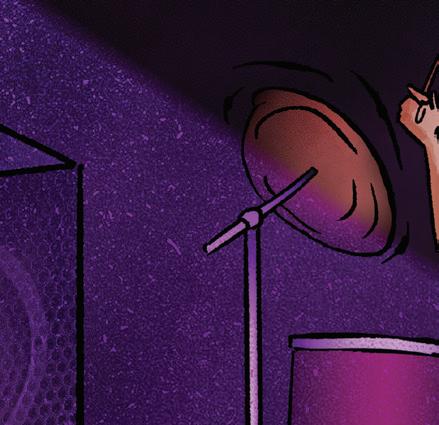

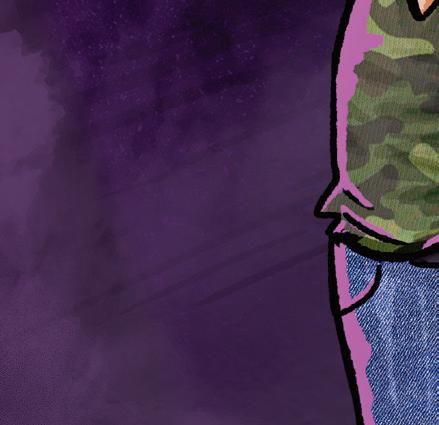



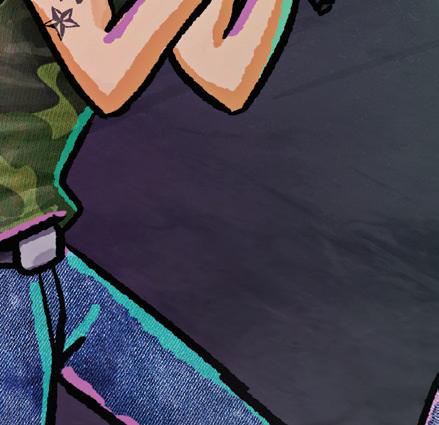

Leaving the interview, I felt a sense of sadness — possibly because I had been letting life pass me by. These four guys seemed scary on the outside. How could you spend four hours screaming into the ether and then go home and pet a puppy? I didn’t know, but after spending some time with them, I got to know them surprisingly well. The atmosphere was electric, but from the pool noodles in the mosh pit, to the boys
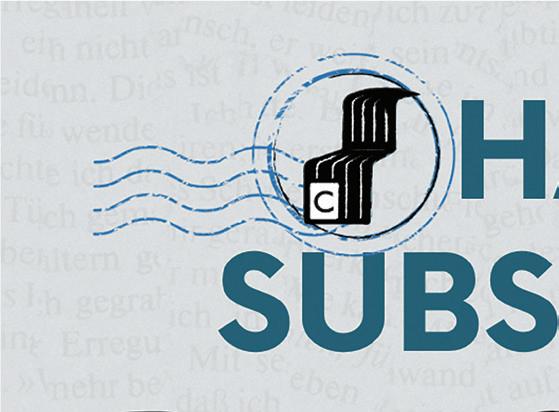


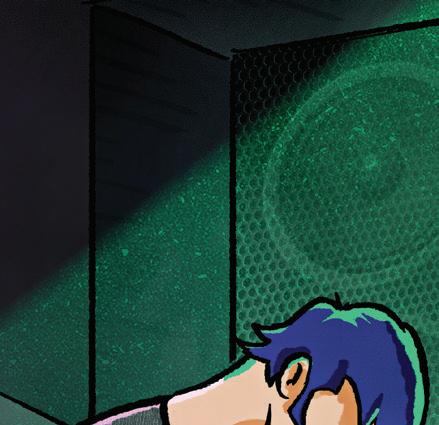



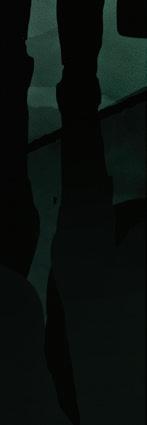
explaining how much they despise the rats at the venues they play, I felt safe. Punk is a hidden joy that is rarely explored. While it may seem intimidating, it’s simply another way to heal from trauma. In the same way Taylor Swift is for the girlies going through it, punk is for the misunderstood that need an outlet.
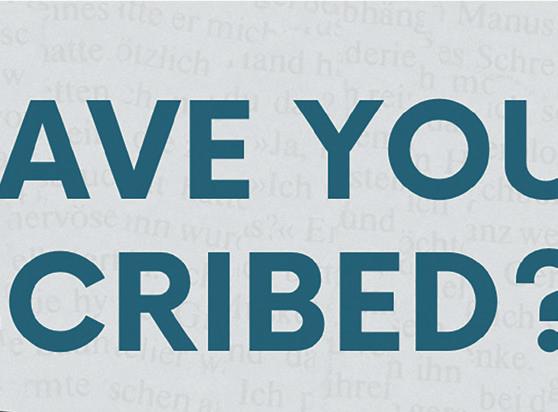
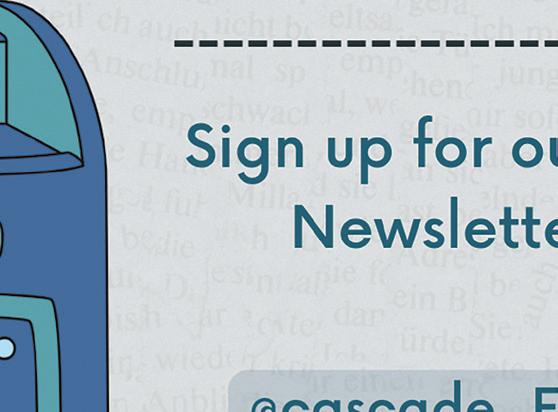
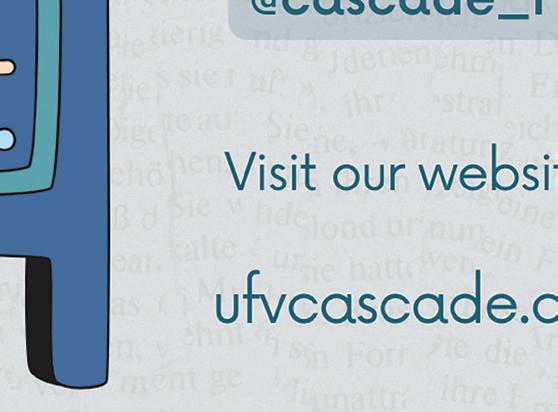















23 VOL. 31 // ISSUE 14/15 WEDNESDAY, NOVEMBER 8TH, 2023 01. HALEY BLAIS WISECRACK 02. SAINT SOLDIER THE WAY OF THE ARTIST 03. LORYN TAGGART THE LOST ART OF PULLING THROUGH 04. MAYFLY HIDEAWAY VOL. II 05. SOLA WARPED SOUL 06. SARGEANT X COMRADE LO FI FUTURE 07. DIZZY DIZZY 08. NABIHAH IQBAL DREAMER 09. PARIS TEXAS MID AIR 10. APOLLO SUNS DEPARTURES 11. JORDAN KLASSEN MARGINALIA 12. CASSIDY TAYLOR CASSIDY TAYLOR EP 13. HOMEBOY SANDMAN RICH 14. KIMMORTAL SHOEBOX 15. HOUSE OF THE FUTURE EXPERIMENTS IN CONNECTION: VOL. 1 EP 16. TURNSTILE &DBADNOTGOOD NEW HEART DESIGNS EP CHARTS ARTS
Illustration by Gaurav Gomes
EVENTS CALENDAR
10:00AM - 11:00AM Career Coaching Drop-in @ S1111

Note: Some of the events require tickets, and most are online. If something catches your eye, take to the Internet for more details, including those about any saftey measures for in-person events.
11:00AM - 12:00PM Addressing Stress – Not Myself Today @ Online
11:50AM - 12:30PM InSYNC @ V112 CEP
12:00AM - 01:00PM Equity Diversity Inclusion 101 @ A225
12:00AM - 05:00PM Tripping in the Dark @ B136
12:10AM - 012:50PM Self-Care Yoga @ E150
03:30AM - 04:00PM How to Apply and Get to Know UFV webinars @ Online via Zoom
04:05AM - 04:45PM Dance Groove @ E150
06:00AM - 08:00PM Bunny Yoga @ Evered Hall
11:40AM -12:20PM Summit Circuit @ E150
11:50AM - 12:30PM Yoga Flow @ V112 CEP
03:00PM - 04:30PM Criminology & Sexualized Violence Workshop @ A233
08:30AM - 10:00AM Community of Practice: Holistic Assessment @ Online via Zoom
02:00AM - 03:00PM Blackboard Ally in Practice @ Online
6:00PM WBB vs Victoria @ Abbotsford
8:00PM WBB vs Victoria @ Abbotsford
6:00PM WBB vs Victoria @ Abbotsford
8:00PM WBB vs Victoria @ Abbotsford


10:00AM - 11:30AM Advanced Word @ Online
Instructional Skills Workshop @ UFV Abbotsford Campus, all day
11:50AM - 12:30PM Yoga Flow @ V112 CEP
12:15AM - 12:55PM Spin & Strength @ E150
01:00AM - 02:00 PM Chat-I (Chat Internationalization) @ Online via Zoom
04:35AM - 05:15 PM Body Blast @ E150
10:00AM - 11:00AM Career Coaching Drop-in @ S1111
11:50AM - 12:30PM InSYNC @ V112 CEP
12:00AM - 01:00PM Courageous Conversations: Communication Skills for De-escalating and Influencing @ Online via Zoom
01:00PM - 03:00PM Career Month: Pave Your Own (Career) Path @ Online via Zoom
03:30PM - 04:00PM How to Apply and Get to Know UFV webinars @ Online via Zoom



05:00PM - 07:00PM Game Night in the Global Lounge @ B223
11:40AM - 12:20PM Summit Circuit @ E150
11:50AM - 12:30PM Yoga Flow @ V112 CEP
12:00PM - 01:00PM Privacy Training @ A225
12:30AM - 04:30PM Blood Donation Clinic @ Chilliwack campus at Canada Education Park


12:00AM - 01:00PM Respectful Relationships in the Workplace @ Online via Zoom
Remembrance Day services @ Abbotsford, Agassiz, Chilliwack, Hope, Mission, Vedder Crossing and at the Sto:lo longhouse in Chilliwack, all day
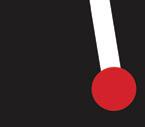
04:30PM - 06:00PM Canada’s land force commitment to NATO and Ukraine in Europe through Operations REASSURANCE and UNIFIER @ A225
11:00AM - 12:00PM Zoom Integrations in Blackboard @ Online
6:00PM WBB vs UBC Okanagan @ Abbotsford
8:00PM WBB vs UBC Okanagan @ Abbotsford
05:00PM WBB vs UBC Okanagan @ Abbotsford
07:00PM WBB vs UBC Okanagan @ Abbotsford
-
04:05AM - 04:45PM Dance Groove @ E150

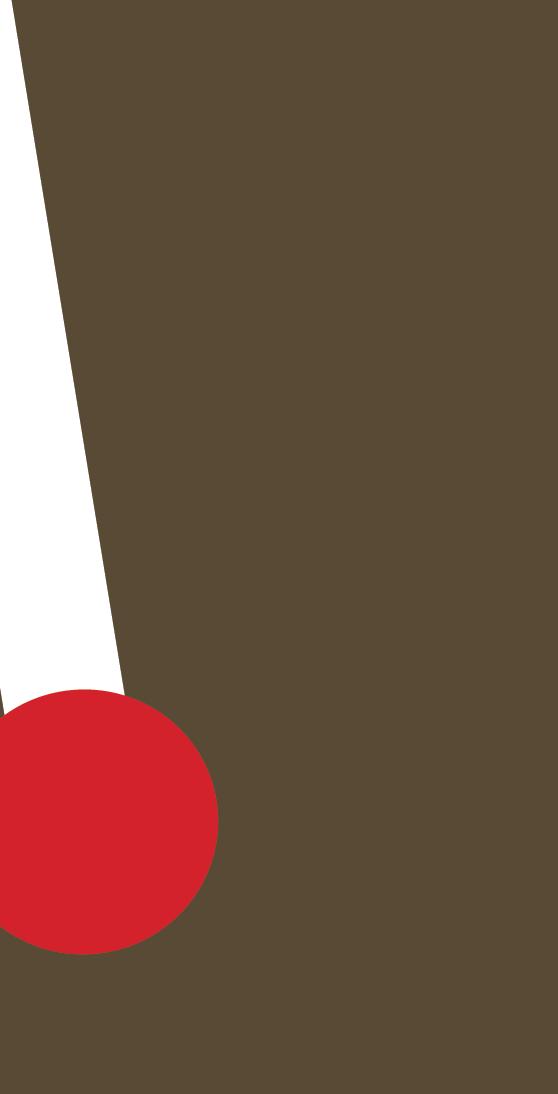



11:50AM - 12:30PM Yoga Flow @ V112 CEP
12:15AM - 12:55PM Spin & Strength @ E150
04:35 - 05:15PM Body Blast @ E150
04:35 - 05:15PM Community of Practice: Culturally Responsive Pedagogy @ Building G
06:00PM - 08:30PM 2023 Retirement Dinner @ Clarion Hotel
09:30AM - 01:30PM FSA Extraordinary General Meeting @ Evered Hall
10:00AM - 11:00AM Career Coaching Drop-in @ S1111
11:50AM - 12:30PM InSYNC @ V112 CEP
12:00AM - 01:00PM Self-Compassion @ Online via Zoom
12:10PM - 12:50PM Self-Care Yoga @ E150
01:30PM - 03:30PM Step Cafe: Transitioning from University to the Workplace @ B223
02:00PM - 04:00PM Post-Doc Talk @ A225
02:00PM - 04:00PM Seeing past the Canada Myth @ B101
02:30PM - 04:00PM Community of Practice: Culturally Responsive Pedagogy @ Building G
03:30PM - 04:00PM How to Apply and Get to Know UFV webinars @ Online via Zoom
04:05PM - 04:45PM Dance Groove @ E150
05:00PM - 07:00PM Game Night in the Global Lounge @ B223
06:30PM - 08:00PM Engineering Programs Information Session @ B101
11:40AM -12:20PM Summit Circuit @ E150, 11:50AM - 12:30PM Yoga Flow @ V112 CEP
12:00am - 12:30pm Stretching break – Learn stretches at your desk @ Online via Teams
06:00PM - 07:00PM Open House - Agriculture Technology Department @ Chilliwack campus at Canada Education Park
06:00pm MVB vs UBC Canada West regular season @ Abbotsford
07:45pm WVB vs UBC Canada West regular season @ Abbotsford
05:00pm MVB vs UBC Canada West regular season @ Abbotsford
06:45pm WVB vs UBC Canada West regular season @ Abbotsford
11:50AM -12:30PM MVMENT+ @ V112 CEP
12:10AM - 12:50PM Self-Care Yoga @ E150
01:30AM - 02:30PM Career Coaching Drop-in @ B223
04:05AM - 04:45PM Dance Groove @ E150
05:00AM - 07:00PM Tar Sands Songbook @ D105
11:50AM -12:30PM Yoga Flow @ V112 CEP
12:15AM - 12:55PM Spin & Strength @ E150
04:35AM - 05:15PM Body Blast @ E150
10:00AM - 11:00AM Career Coaching Drop-in @ S1111
11:00AM - 12:00PM Building Culture - Not Myself Today @ Online
11:50AM - 12:30PM InSYNC @ V112 CEP
12:10AM - 12:50PM Self-Care Yoga @ E150
03:30AM - 04:00PM How to Apply and Get to Know UFV webinars @ Online via Zoom
04:05 - 04:45PM Dance Groove @ E150
11:40AM -12:20PM Summit Circuit @ E150
11:50AM -12:30PM Yoga Flow @ V112 CEP
12:00PM - 01:00PM Territorial Acknowledgment Workshop @ UFV Abbotsford campus
04:30AM - 08:00 PM Career Month: How to Recruit Yourself @ Evered Hall

13 11 10 09 08 20 27 18 14 21 22 24 25 23 28 29 30 15 16 17
NOVEMBER
ALL DAY
Fest
CEP campuses
De-Stress
@ Abbotsford and
Self-Care
11:50AM - 12:30PM MVMENT+ @ V112 CEP 12:10AM - 12:50PM
Yoga @ E150
01:30AM
02:30PM Career Coaching Drop-in @ B223
View our website for more details on current & local events.










































































































































































































































































































































































































































































